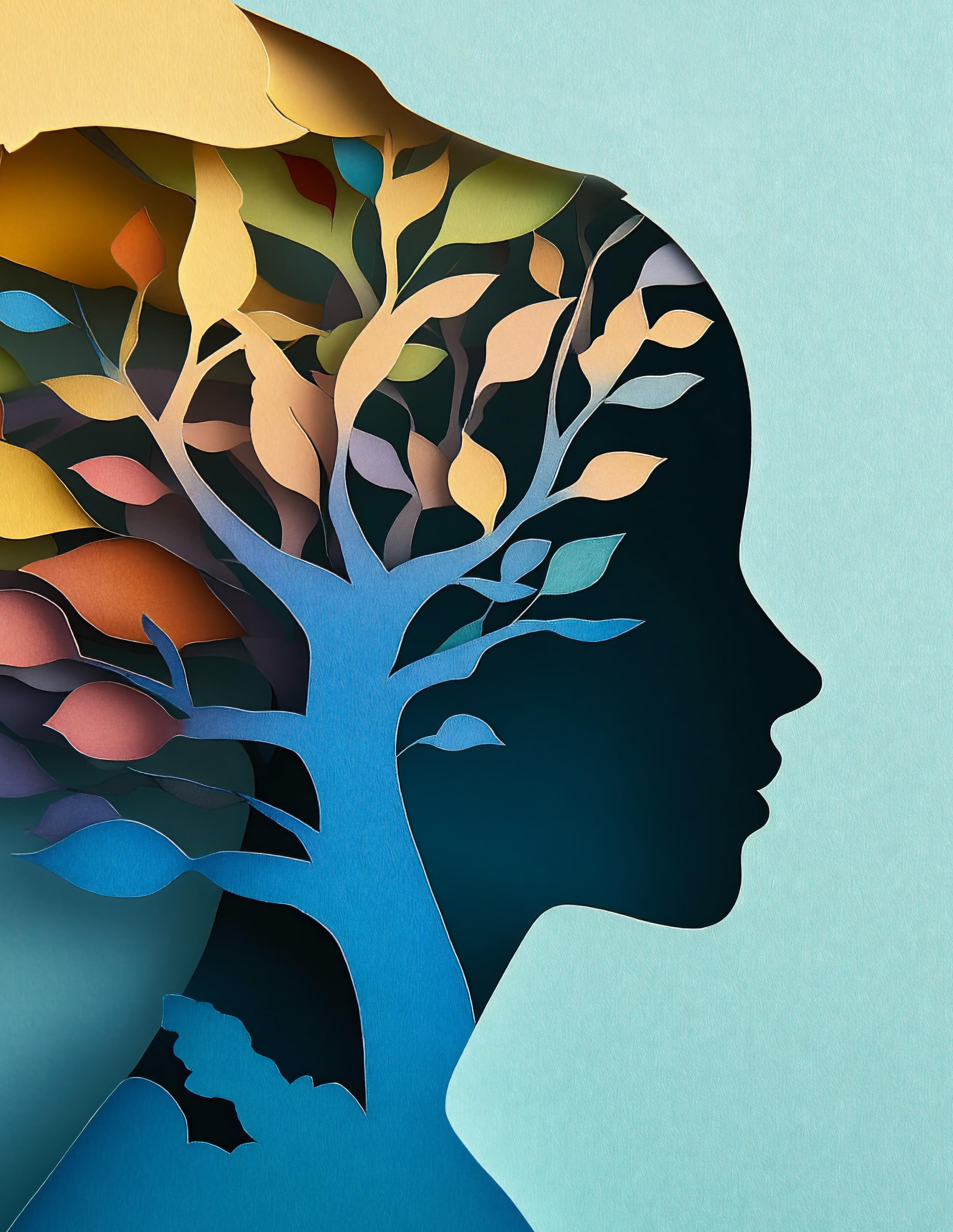
Empowering smallholder farmers in Guyana and Ghana
Building green equity in urban spaces


Empowering smallholder farmers in Guyana and Ghana
Building green equity in urban spaces
Professorship in conservation finance addresses sustainability
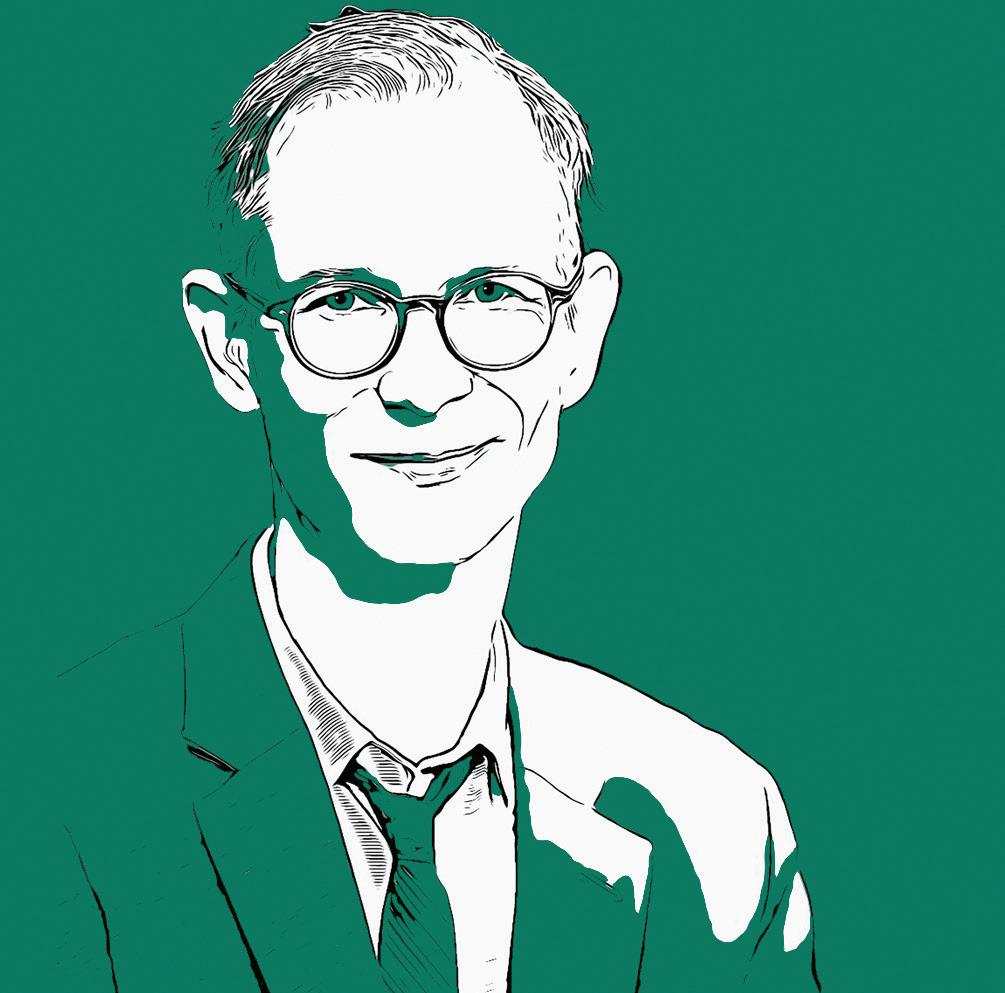
The world is a complicated place right now. Between geopolitical tensions, environmental concerns, a rapidly changing climate, polarizing perspectives, market uncertainties and shifts in cultural norms and values, nothing seems assured. The Faculty of Forestry at UBC has always been at the vanguard of understanding forestry’s place in providing meaningful solutions in a changing world, and this is especially true today in these times of amplified political, social and economic unrest. Through interdisciplinary approaches and concepts that extend beyond what has traditionally been taught, and by engaging in scholarship as means of addressing many of the world’s grand challenges, an evolving and ever-widening conception of forestry is transforming our Faculty and bringing to the fore our essential role in introducing the next generation of leaders. Every day, the UBC Forestry community seeks to identify new and innovative ways of ensuring that both nature and the needs of local communities that depend on forests are protected for generations to come. This is challenging work that requires clear-minded and aspirational thinking. To that end, we have recently released our 2025-2030 Strategic Plan, along with new mission and vision statements and a tagline: Transformative. Environmental. Solutions. I encourage you to read the article on our plan on p. 3 of this issue and to visit our website to view the complete plan.
Indeed, having reached the first quarter of the 21st Century, it is remarkable and humbling to realize how much the
Faculty and forestry have grown since we opened our doors in 1921. Back then, much of our scholarship was focused on the ‘science and art’ of planting, tending, harvesting and utilizing our forests. But, for as long as there has been forest management, there have been social aspects of forestry, realized or not. More than a century hence, our curriculum, research and extension programs are equally and explicitly concerned with the human dimensions of forestry — the theme that is explored in this issue of Branchlines .
Forestry is as much a social science as it is a natural science, and we ought not privilege one over the other. Foresters and allied professionals now need to include in their toolkits a deep understanding of the social and cultural underpinnings of human behaviour that shape how forested areas are understood, managed and used. This is the sustainable in ‘sustainable forest management’. Where the Faculty of Forestry is concerned, we have evolved and extended our scholarly pursuits into the fields of economics, business management, political science, political ecology, anthropology, sociology, visual arts, law and history, to name a few examples. Through this expanded view, Forestry faculty members are interrogating and responding to societal shifts happening across the globe, all the while improving the lines of communication between academia and the broader community. This shift marks an important milestone in the continued evolution of forestry as a field of inquiry and as a profession — this is an exciting, mind-expanding time for the Faculty of Forestry.
It is one thing to acknowledge the environmental and social hurdles facing society and quite another to look within, posing sometimes hard questions about how to address them. Interdisciplinary scholarship is helping to get us there, opening up new avenues of inquiry and collaboration to identify novel approaches that explicitly account for
human dimensions in decision-making. We are already seeing the impact of the groundwork that has been laid at UBC Forestry. A top-of-mind example is the Bachelor of Indigenous Land Stewardship program, which was soft-launched last year, but will be fully in place this coming academic session. Developed through a series of collaborative initiatives co-led by our Faculty and Indigenous Nations, this first-of-its-kind program is preparing students with the knowledge and skills to position their work with Indigenous communities within a broader cultural, political, social, legal and economic framework.
By definition, the human dimensions of forestry reflect the diverse needs of society. Our academic mission and scholarship must integrate the priorities set out by Indigenous Nations, all levels of government, the forest sector, community organizations, community members and the public-at-large. Only with this two-way flow of ideas can we break down barriers to provide smart, societal solutions to the grand challenges of our time. As we continue to reimagine and revitalize our work at the Faculty, the myriad social aspects of forestry must continue to take centre stage.
Please get in touch with me anytime with questions, comments or concerns: rob.kozak@ubc.ca
As always, thank you for your interest in our work.
Rob Kozak (BSc(Forestry)’88, PhD(Forestry)’96) Prof. and Dean
9 Main Feature: Human Dimensions of Forestry
3 UBC Forestry Strategic Plan Q&A with
31 A gift of 800,000 trees to UBC Forestry 33 BC’s opportunity to build its natural capital
Back page: Keep up-to-date with Branchlines in print and online Branchlines is available on our website at: forestry.ubc.ca/news/branchlines


Branchlines is produced in-house by the Faculty of Forestry, Development and Alumni Engagement Office at the University of British Columbia.
Find us online at: forestry.ubc.ca/news/branchlines
Managing Editor: Michelle Lindsay
Writer and Senior Editor: Sarah Ripplinger (MJ’08)
Design and Photography: Paulo Ramos
© 2025 Faculty of Forestry, University of British Columbia
ISSN 1181-9936
Questions concerning Branchlines or requests for mailing list updates, deletions or additions should be directed to forestry.alumni@ubc.ca
The Faculty of Forestry is situated at the UBC Point Grey campus on the traditional, ancestral, and unceded territory of the xʷməθkʷəy əm (Musqueam) people. Our two Research Forests, the Malcolm Knapp Research Forest and the Alex Fraser Research Forest, and the Haida Gwaii Institute, are located on the traditional,ancestral, and unceded territories of the Katzie and the T’exelcemc, Xatsu’ll and Esket First Nations, and the Haida Nation, respectively. Unceded means that these lands were never sold, traded, or given up through treaty or other agreement. We honour, celebrate, and express our gratitude to the communities on whose lands our campus and research forests are privileged to be situated.
To acknowledge and support this important role, the Faculty of Forestry strives toward building meaningful, reciprocal, and mutually beneficial partnerships with the xʷməθkʷəy əm (Musqueam), Katzie, T’exelcemc, Xatsu’ll, Esket, and Haida peoples who have been stewards and caretakers of these territories since time immemorial.




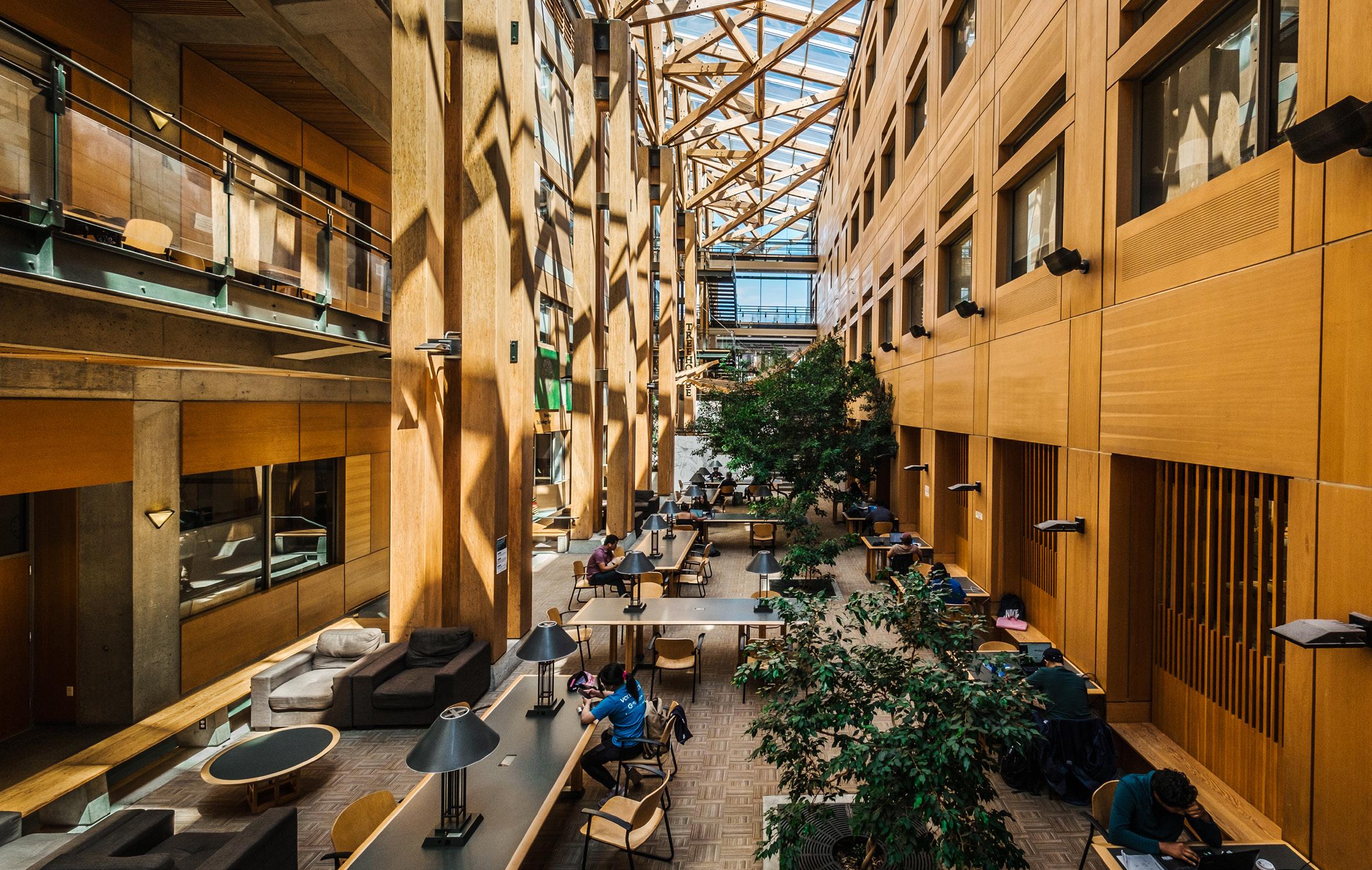
We asked UBC Forestry Prof. and Dean Rob Kozak (BSc’88, PhD’96) to share a high-level overview of the new five-year Strategic Plan that will take the Faculty into 2030.
What was the process behind the plan?
Beginning in early 2023, the Strategic Plan working group began meeting with our forestry community — including faculty, students, collaborators and stakeholders — to listen, develop and validate our direction forward. We gathered over 5,000 ideas, opinions and comments from individuals throughout this engagement process, creating a rich roadmap for our plan.
What is the significance of the Faculty’s new tagline: Transformative. Environmental. Solutions?
The tagline reflects the Faculty’s expanding focus on collaborative, interdisciplinary and solutionsoriented scholarship in forestry, the environmental sciences and natural resources management. More than ever before, our innovative and thought-provoking research, teaching and community outreach is striking a balance between the needs of human societies, forests and other natural spaces. Within the context of rapidly changing landscapes and hyper-connected societies, the Faculty will continue to reflect and critically assess our role in shaping not only the natural environment and communities that we call home, but our inextricable interconnectedness with communities around the globe.
https://bit.ly/forestry-stratplan
What are some of the top, broad-strokes elements laid out in the plan?
Our strategy is grounded in three interrelated pillars: 1) expanding our focus, 2) advancing environmental stewardship with Indigenous partners and 3) changing perceptions in the public sphere. These pillars influenced our new vision and mission statements, as well as our commitments and guiding values. The Faculty is a community that values respect for one another and the environment. We encourage interdisciplinary collaboration to break down silos, spark innovation and provide meaningful solutions to address grand challenges. Moving forward, we will continue to renew and reimagine the Faculty to provide the highest calibre scholarship and education in support of present and future leaders in forestry and environmental stewardship.
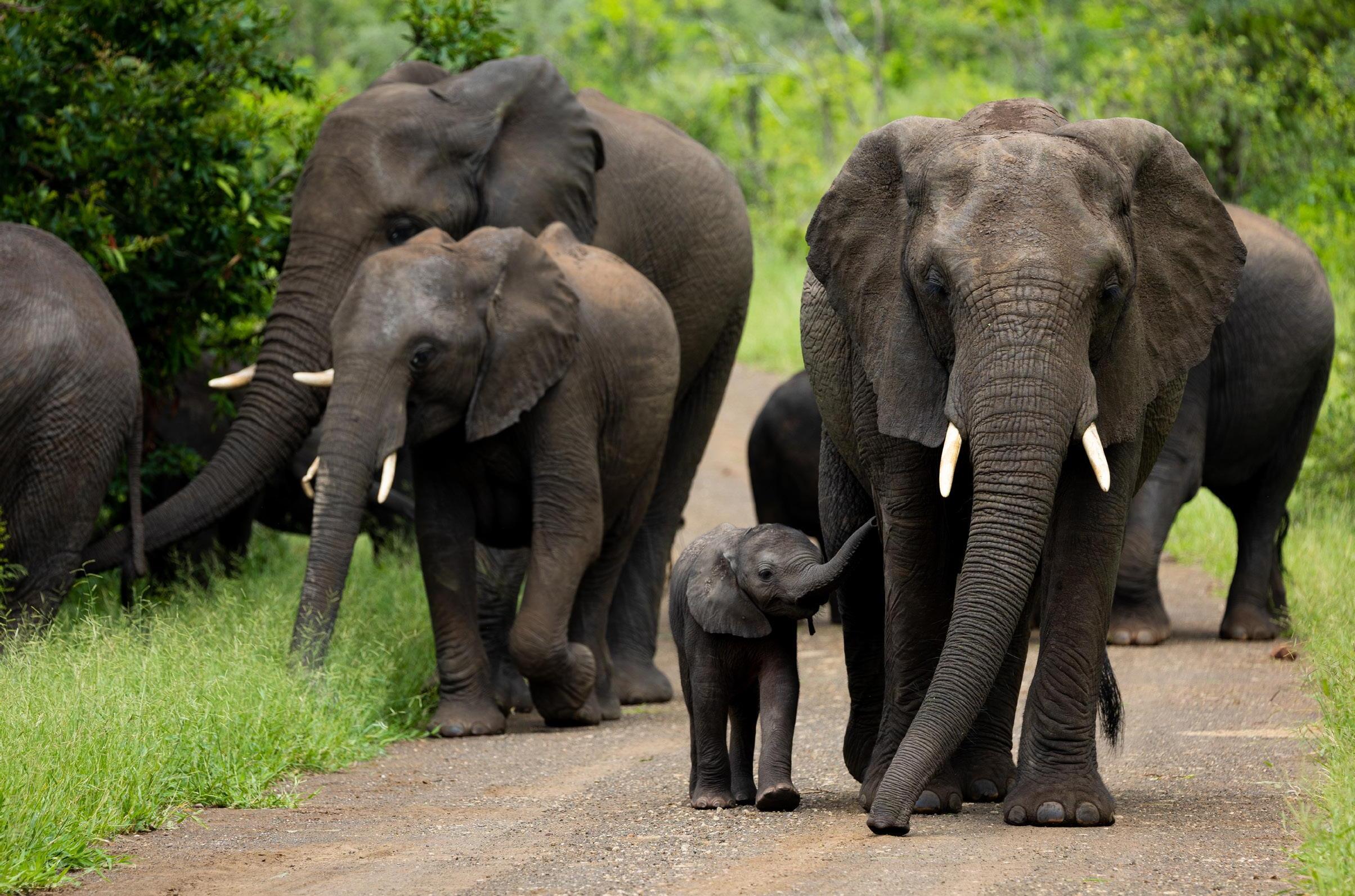
An innovative field school program run by UBC Forestry Assoc. Profs. David Bunn and Melissa McHale is attracting students interested in conservation in the global south. The Communities, Wildlife and Conservation in Post-Apartheid South Africa program — now in its third year — is mapping the shifting social and ecological landscape of Kruger National Park, a two-million-hectare public-entry game park located in South Africa’s north-eastern savanna and one of the world’s largest national parks.
A core part of the program and a focus of the student field experience is data collection for a long-term NASA Ecological Forecasting project, headed by David and Dr. Jody Vogeler at Colorado State University. Launched in 2021, the Ecological Forecasting project is combining NASA and other
earth observation data from satellite imagery with field work to establish a robust data set for precision ecological forecasts with applications in park management and conservation efforts.
“We are working to develop an innovative conservation framework for South African protected area managers,” shares David. “Our approach focuses on producing spatio-temporal tools that will aid in understanding current and future landscape changes, habitat suitability and species dispersal together with considerations related to nearby urbanization.”
The savanna is a unique mix of open, scattered trees and a tall grass understory that thrives in hot, mostly dry climatic conditions. Local South Africans have traditionally initiated fire on the savanna to clear away thorny shrubs. Lightening and human-ignited fires, as well
as movement and feeding by elephants, also open up areas where new grazing biomass can emerge, feeding a complex system of insects, birds, herbivores and predators.
Under earlier Apartheid conservation management systems, fencing around the Kruger National Park was used to limit contact between wild animals and cattle, and to exclude rural populations. Wildfire was also suppressed, resulting in thorny shrub overgrowth. However, from about 1993 onwards, fences between Kruger National Park and private reserves to the west of the park were gradually dropped, reintroducing elephant migration routes through the area and giving researchers an opportunity to assess the impacts of this infrastructure removal on the local ecology.
Students enrolled in the Communities, Wildlife and Conservation in Post-Apartheid South Africa program use handheld instruments from UBC Forestry’s Trimble Technology Lab to sample and measure plants within a 25-metre-radius plot at Kruger National Park.
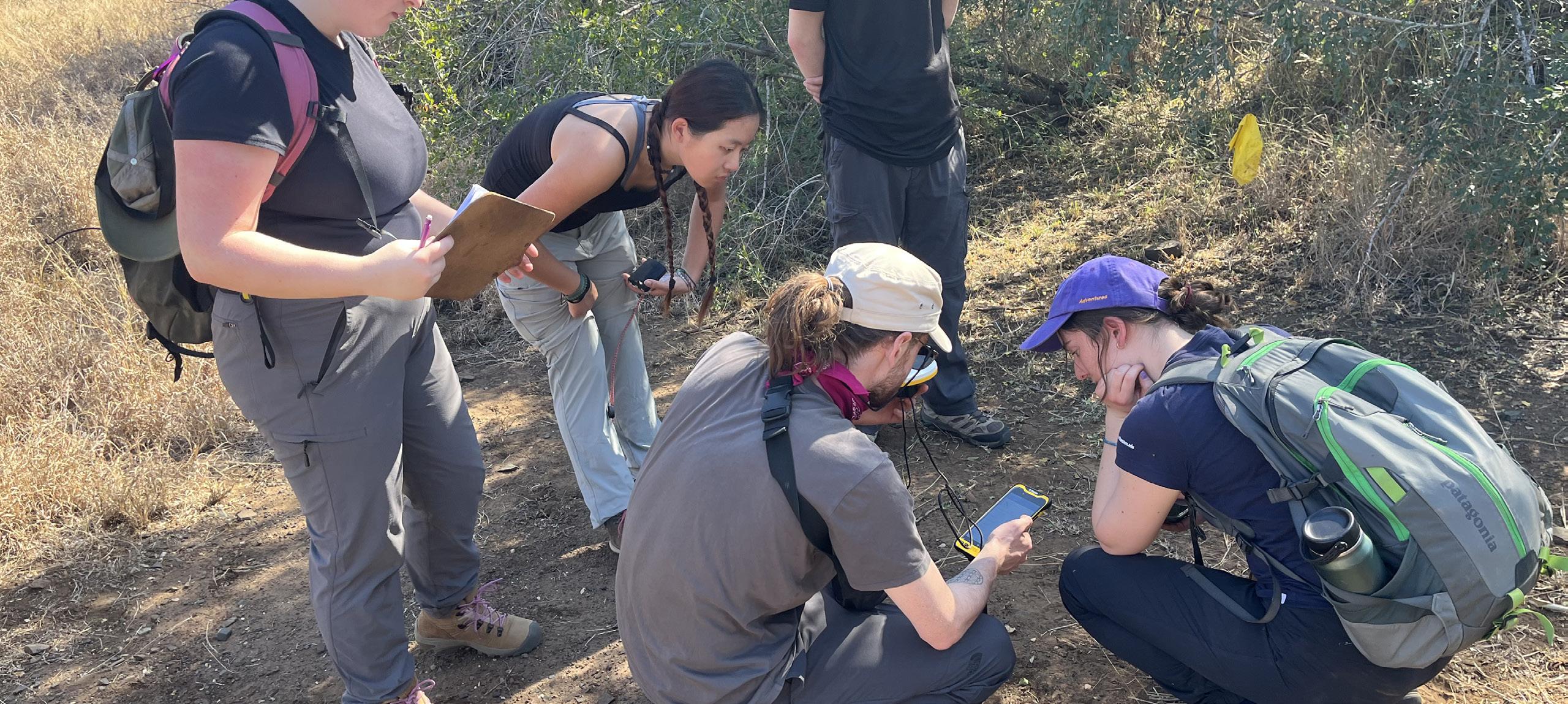
“The Greater Kruger National Park area, which includes protected land to the west of the park, has a mosaic of management regimens led by different communities,” David explains. “Working within these complex interrelationships, the big question that NASA and our team is interested in answering is: how do you manage equitably and for biodiversity across so many disparate forms of management?”
With 30 and 18 years of experience working in the park, respectively, both David and Melissa have longstanding and ongoing collaborations with local community members that have deepened collaboration and trust with park managers.
“Building relationships and trust are a big part of this work,” says Melissa. “We cannot preserve biodiversity without first addressing the needs of the local population.”
The knowledge to support savanna biome biodiversity
A healthy savanna ecosystem exhibits a patchwork of native plants that support animals, such as grazing antelopes, and carnivores like lions, wild dogs and cheetahs. Some management approaches have raised concerns
about a loss of heterogeneity on the landscape. Downstream consequences of this range from woody vegetation encroachment to reduced grazing for herds and stressed carnivores in increasing competition with human settlements.
Camera traps are an on-the-ground data collection technology leveraged by David and Melissa to keep track of species numbers, distribution and movement patterns. These carefully placed field cameras are equipped with motion sensors. When a cheetah, antelope, hippo, wildebeest, zebra or any of the hundreds of other creatures traveling through the park pass by the sensor, the camera snaps a picture.
“A key component of what we do is ground truth the data from NASA’s Global Ecosystem Dynamics Investigation (GEDI) satellite,” shares David.
GEDI is a LiDAR-based instrument that transmits laser pulses at the earth, modeling vegetation cover to a very fine resolution. However, like most satellites, GEDI struggles to differentiate between some of the complex grass-tree characteristics found on the savanna. The data collected by David and Melissa and the UBC students is contributing to the accuracy of satellite models and the development of a predictive
instrument to aid conservation managers in making critical decisions related to animal habitats in Kruger National Park.
“THIS PROJECT IS HELPING US TO PREDICT CHANGES IN SPECIES DISTRIBUTION, LAND USE AND LAND COVER OVER THE COMING YEARS.”
— David Bunn
The research team’s detailed maps of vegetation structure offer insights into how it and other park features are changing such things as park hydrology and species distribution. Insights like these offer essential aids for park managers overseeing a fragile savanna ecosystem increasingly stressed by invasive species, climate change and drought.
“The imaging and field data we are gathering offers more nuanced information about what is happening on the land,” says David. “These insights are helping to remove some of the guesswork for park managers heading local conservation efforts for the benefit of the community and the environment.”
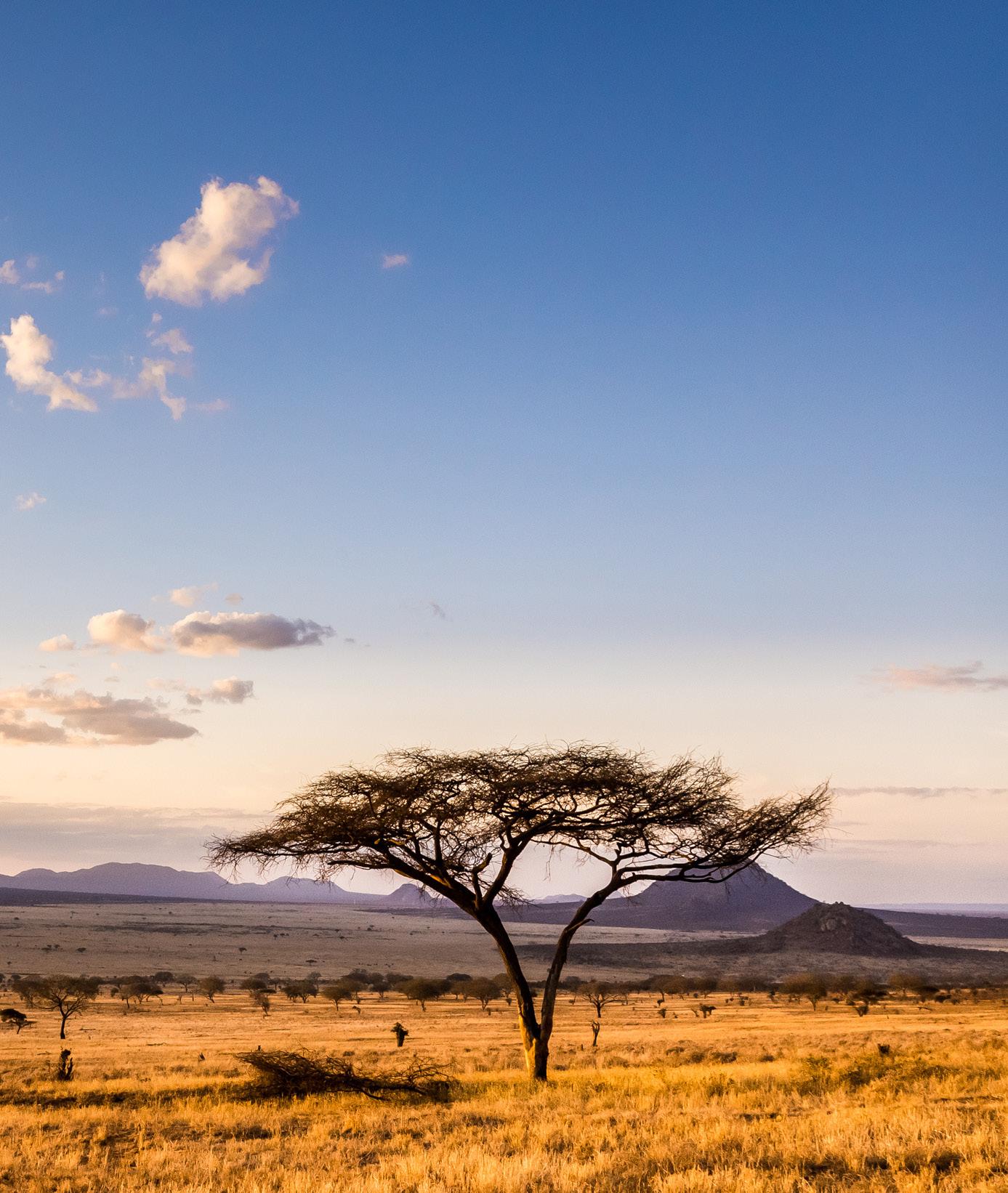
Learn more about the Communities, Wildlife and Conservation in Post-Apartheid South Africa program: https://bit.ly/global-sem


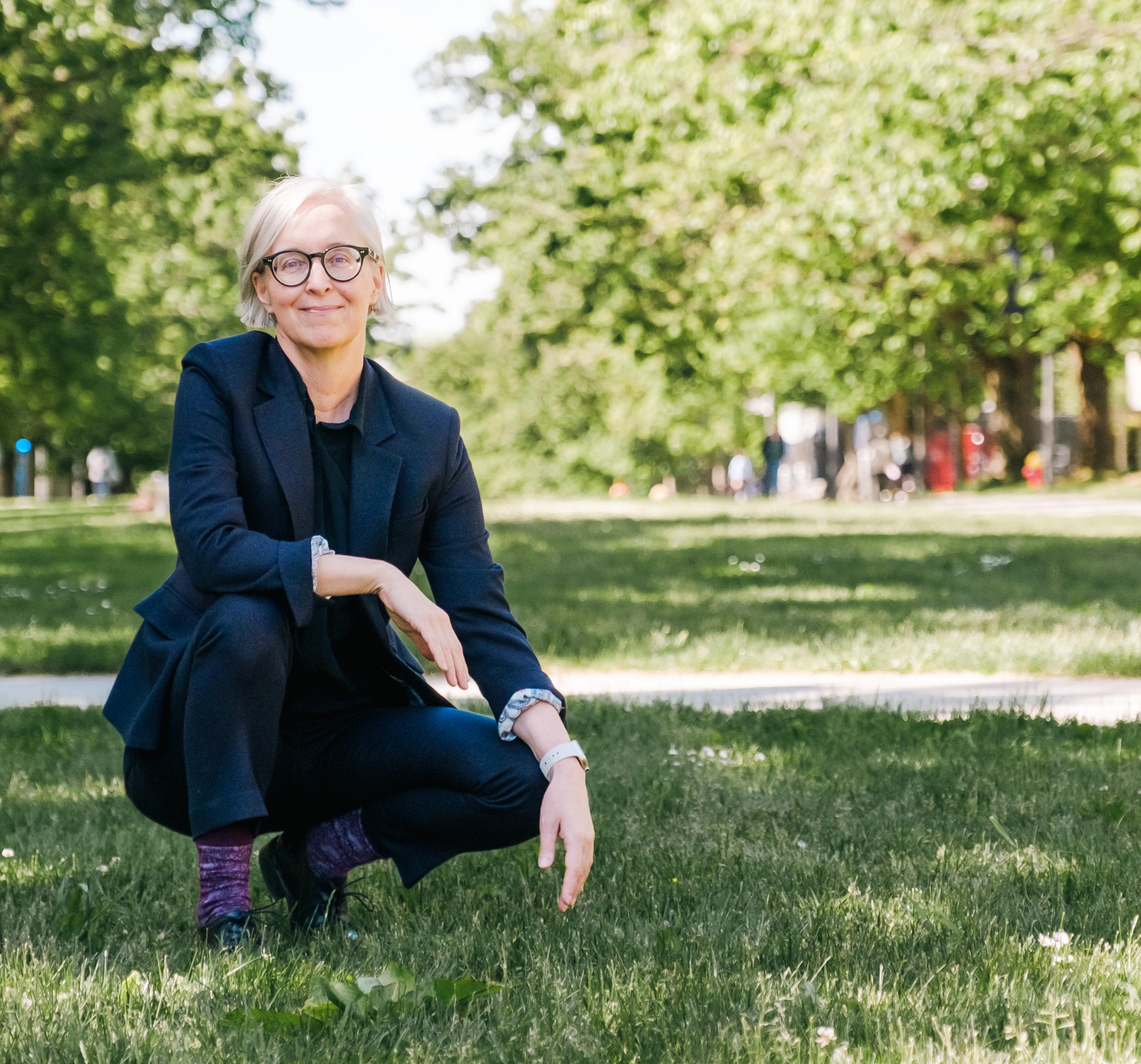
In July 2024, Shannon Hagerman , UBC Forestry Professor and Dean and Vice-Provost pro tem in the Faculty of Graduate and Postdoctoral Studies, received the prestigious International Union of Forest Research Organizations Scientific Achievement Award for her work on human dimensions of forestry. Shannon is an environmental social scientist and an
internationally recognized scholar in the interdisciplinary field of social-ecological systems. Her research focusses on policy and governance dimensions of novel approaches for conservation and resource management in response to climate change. We wanted to unpack what this approach means in practice.

What are the human dimensions of forestry?
Most people working in forestry today would agree that addressing complex environmental challenges requires thoughtful engagement with people and communities. But the field of human dimensions goes further than engagement. It encompasses a diverse body of scholarship that examines how people interact with forests and the environment, and how these interactions are shaped by deeper social, political and cultural factors. Today, human dimensions research draws not only from economics, psychology and political science, but also from disciplines that explore values, governance systems, power structures and more. This broader lens allows researchers to question foundational assumptions and examine how environmental problems are framed from the outset.
What does it mean to question assumptions and how is this reflected in your research?
I explore the types of knowledge, values and objectives that are included — or excluded — in environmental decision-making and the material consequences this has for people and nature. This area of inquiry is referred to as the politics of knowledge. It provides tools to unpack the narratives, interests and objectives behind how environmental issues are framed and addressed, and brings consideration of power to the fore. For example, whether the issue is setting biodiversity targets under the UN Convention on Biological Diversity or designing novel interventions to address climate change, I ask: Whose interests are being served? Whose knowledge and values are prioritized? Who is
portrayed as responsible stewards and to what ends? What kinds of scientific evidence are privileged and what is left out? Simply put, different scientific perspectives, methods and data reveal and reproduce particular dimensions of a given problem and equally render other aspects invisible. We need to recognize this and pay attention to the institutions and processes that oftentimes limit consideration to a narrow range of empirical evidence. Every scientific perspective brings certain aspects of a problem into focus, and different scientific practices and forms of knowledge are more or less connected to structures of power. This is why it’s critical to look beyond calls for diverse knowledge and ask whether governance systems meaningfully support its inclusion.
Is this about valuing multiple forms of knowledge?
Yes, but it’s also about more than that. The importance of diverse knowledge systems — Indigenous, local, experiential, natural sciences, social sciences and others — has been widely acknowledged for decades. But saying diverse forms of knowledge are valued is not the same as creating the mechanisms to ensure that they are meaningfully considered and effectively integrated in decisionmaking. The challenge lies in transforming governance structures and decision-making processes so that they reflect and support plural worldviews, epistemologies and ways of knowing.
How does this relate to the science-policy interface?
Similar to the human dimensions of forestry, the science-policy interface also needs to be unpacked. Scientific practices
do not exist in a vacuum, and knowledge is unavoidably coproduced. For instance, science has, at times, reflected and perpetuated colonial, racist and gendered power structures. But these dynamics typically aren’t considered. Instead, we assume that simply providing policymakers with objective data will lead to good, evidence-based decisions. This linear model of science and policy is not empirically supported, but remains pervasive. More importantly, it obscures the complexities of how knowledge is actually produced and used in policy contexts. In some cases, paradoxically, knowledge can and has been used as a tool of social exclusion and dispossession, which is obviously a very real barrier to achieving more just, inclusive policy outcomes.
How can these insights help to produce positive change?
It starts with awareness: recognizing the complexity of these issues and the ways they show up in our work. For interdisciplinary researchers and practitioners in forestry, this means acknowledging the realworld impacts of how problems are framed and which types of knowledge are used or sidelined. Just as importantly, we must reflect critically on the practices and initiatives we contribute to. Are we reinforcing narrow framings or opening space for different perspectives? Are we listening to marginalized voices or replicating dominant narratives? This is not a task for social scientists alone. As climate, biodiversity and environmental crises intensify, many of the missing pieces for meaningful and just action at scale will come from deeper engagement with the human dimensions of these challenges.


The discipline of forestry is wellknown for probing the depths of the physical world, particularly topics related to forests, waterways and biodiversity. However, the field is equally a natural science as it is a social science, with significant scholarship at the intersection of nature and human societies, economies and political structures. With many of the challenges facing the world today requiring an interdisciplinary lens, particularly climate change and ecosystem decline, forest and environmental science research cannot avoid considerations concerning humans.
“Most of the factors that matter when introducing new policies or practices in forest restoration are the social factors,” says Jeanine Rhemtulla, UBC Forestry Assoc. Prof. and Director of the Natural Resources Conservation Program and Landscapes and Livelihoods Lab. A trained ecologist, Jeanine works with communities around the world on approaches to strike the right balance between ecosystem health and human livelihoods.
Jeanine’s research in Malawi underscores the importance of community member buy-in. Known colloquially as the warm heart of Africa, Malawi has pledged to restore half of its lands and forests by 2030, responding to the Bonn Challenge goal to restore 350 million hectares of land globally by that same year.
“THE WORK WE ARE DOING WITHIN SOCIAL-ECOLOGICAL SYSTEMS IS DESIGNED TO UNDERSTAND APPROACHES FOR WORKING WITH COMMUNITY MEMBERS TO SIMULTANEOUSLY IMPROVE SOCIAL AND ECOLOGICAL OUTCOMES. BECAUSE, IF YOU DO ONE WITHOUT THE OTHER, YOU’RE MISSING AN ESSENTIAL PIECE OF THE PUZZLE.”
—
JEANINE RHEMTULLA
For their research, Jeanine and her team interviewed several nongovernmental organizations (NGOs) that sprang into action to restore Malawi lands, mostly planting quickgrowing non-native tree species, such as eucalyptus. They also interviewed Malawian community members about the tree-planting program. The local population’s stake in the matter is significant, given the important role targeted reforestation lands play in their daily lives.
Native tropical Miombo woodlands, grasslands and shrublands are sources of food, wood, fuel, commercial goods, cultural practices, construction materials and pharmaceuticals in Malawi. Around 85% of Malawians do not have access to electricity, using instead fuel wood harvested from these lands for their cooking, lighting and heating.
“What we found was that the millions of trees being planted by international NGOs were less favourable to the local population who preferred wood from native species found in Miombo woodlands,” Jeanine recalls. “In particular, residents preferred denser wood from slower-growing native tree species, which burn longer and hotter.”
“Community members also told us that, when they’re in these Miombo woodlands collecting fuel wood, they collect a lot of non-timber forest products, such as native mushrooms and fruit that were harder to find or non-existent in non-native eucalyptus forests.”
Like Jeanine, the research, teaching and community outreach of many UBC Forestry faculty members integrate the human dimensions of forestry, natural resources management and the environment. This growing field incorporates social sciences perspectives, such as health, policy, economic and societal considerations, in the management of landscapes and ecosystem
goods and services. It reflects how governments and communities around the world are grappling with satisfying human needs while protecting ecosystem services, such as clean drinking water, healthy air, agricultural lands, habitats for species and outdoor recreation.
Within the Faculty, there are many examples of research at the intersection of forests and society. We highlight a small number of these in the following pages.
More policymakers and business leaders today agree on the need to transition to a sustainable global economy. However, difficulties abound when it comes to defining and measuring sustainability.
“Nations of the world have committed to meeting the United Nations Sustainability Goals; however, those 17 goals are often in tension with one another,” asserts UBC Forestry Asst. Prof. Hamish van der Ven. “For example, protecting biodiversity can be at odds with creating more jobs or expanding the economy.”
Balancing sustainability priorities requires action from both governments and corporations, says Hamish. “Ideally, decision-makers can find inroads to compromise that move society towards multiple sustainable development goals at the same time and that align with the wishes of the broader public over the longer term.”
On the government end, public policies are needed to prevent extractive companies in the natural resources sector from focusing principally on short-term interests, maximizing economic growth and returns for their investors.
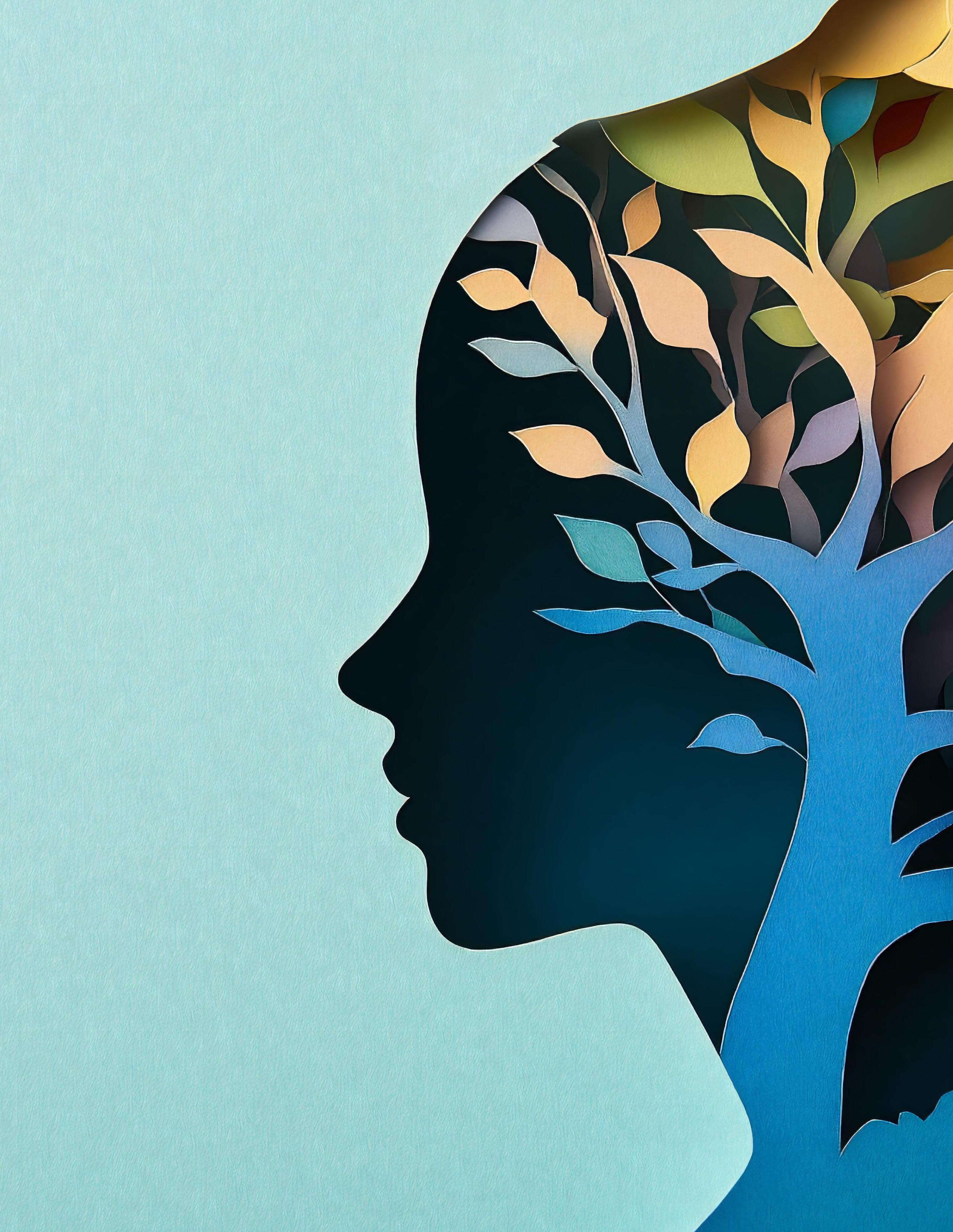
One example of this is the European Union’s emerging deforestation regulations that require any company selling commodities such as palm oil, soy or timber products to provide proof that these goods have been sourced without contributing to deforestation. By regulating which products can be sold in Europe, the EU is effectively reaching across borders to slow deforestation in other countries.
Public policy can also support sustainability and drive innovation, forcing industries to find new business models. For example, restricting access to old growth forests in BC is forcing the forest sector to extract more value from each log and fuelling the growth of a dynamic forest bioeconomy.
However, Hamish emphasizes that governments cannot do it on their own. Corporations must also take the initiative on sustainability.
“There is a growing expectation that corporations need to be better corporate citizens,” he says. “From an investor standpoint, businesses that take responsibility for their impact on the people whom they employ, the communities they operate in and the planet are becoming a safer investment.”
“AMERICAN ECONOMIST DR. MILTON FRIEDMAN FAMOUSLY SAID THAT THE ONLY RESPONSIBILITY OF A BUSINESS IS TO ITS SHAREHOLDERS. I BELIEVE THAT A LOT OF SENIOR EXECUTIVES AND MEMBERS OF THE PUBLIC WOULD DISAGREE WITH THAT STATEMENT.”
— HAMISH VAN DER VEN
While consumers mostly still prioritize price and quality over sustainability, there is a growing tendency for consumers to consider social and environmental impacts when making purchases. “Consumers don’t want to contribute to abuses around the world,” says Hamish. “People don’t want to be part of the problem.”
Fernanda Tomaselli, UBC Forestry Asst. Prof. and Land One Director, is passionate about an economic framework that examines the complex interrelationship between socio-economic and ecological systems with the goal of improving human and planetary wellbeing. Ecological economics is a transdisciplinary field that questions the unlimited pursuit of economic growth as a main policy objective and explores alternative measures of progress that incorporate ecological health as a key element of human wellbeing.
“Traditionally, economics has tended to exclude environmental considerations and ecology has tended to exclude human considerations,” Fernanda explains. “Ecological economics bridges this divide, combining the fields of economics and ecology, and also including sociology, political science, psychology and other theoretical and empirical dimensions to address many of the big challenges we face, such as climate change, biodiversity loss and sustainability.”
Modern ecological economics can be traced back to the 1960s
and 1970s when economists such as Dr. Kenneth Boulding and Dr. Herman Daly proposed rethinking the growth-focused neoclassical paradigm. They presented an economic framework that recognizes the finite nature of the ecosystem within which humans reside and the economy is embedded. Their scholarship, and that of other individuals in the field, has made significant contributions to understanding human-environment relations. This includes the development and advancement of novel concepts such as uneconomic growth and ecosystem valuation, as well as innovative indicators like the Ecological Footprint Analysis and the Genuine Progress Indicator of economic welfare, among various other environmental accounting measures.
“There is something fundamentally wrong in treating the Earth as if it were a business in liquidation.”
— Dr. Herman Daly
During her doctoral studies, Fernanda examined the intersection between ecological economics, public perception and communication in the Canadian
context. In her present research and teaching at UBC Forestry, she is focused on generating awareness of global sustainability challenges and solutions, empowering her students to become change leaders. Several of the concepts and principles of ecological economics are central to her courses.
“The severity of current ecological and social challenges leaves many of my students with feelings of hopelessness, despair and apathy,” Fernanda relays. “I now share not only information about the reality of the problems that the world is facing but also about how students can become collectively engaged in finding solutions to those problems.”
“I TRY TO EMPOWER MY STUDENTS TO THINK CRITICALLY AND HOLISTICALLY ABOUT THE COMPLEX ISSUES FACING HUMAN SOCIETY TODAY AND TO SEE THEIR POTENTIAL TO CONTRIBUTE TO SOLUTIONS”
— FERNANDA TOMASELLI
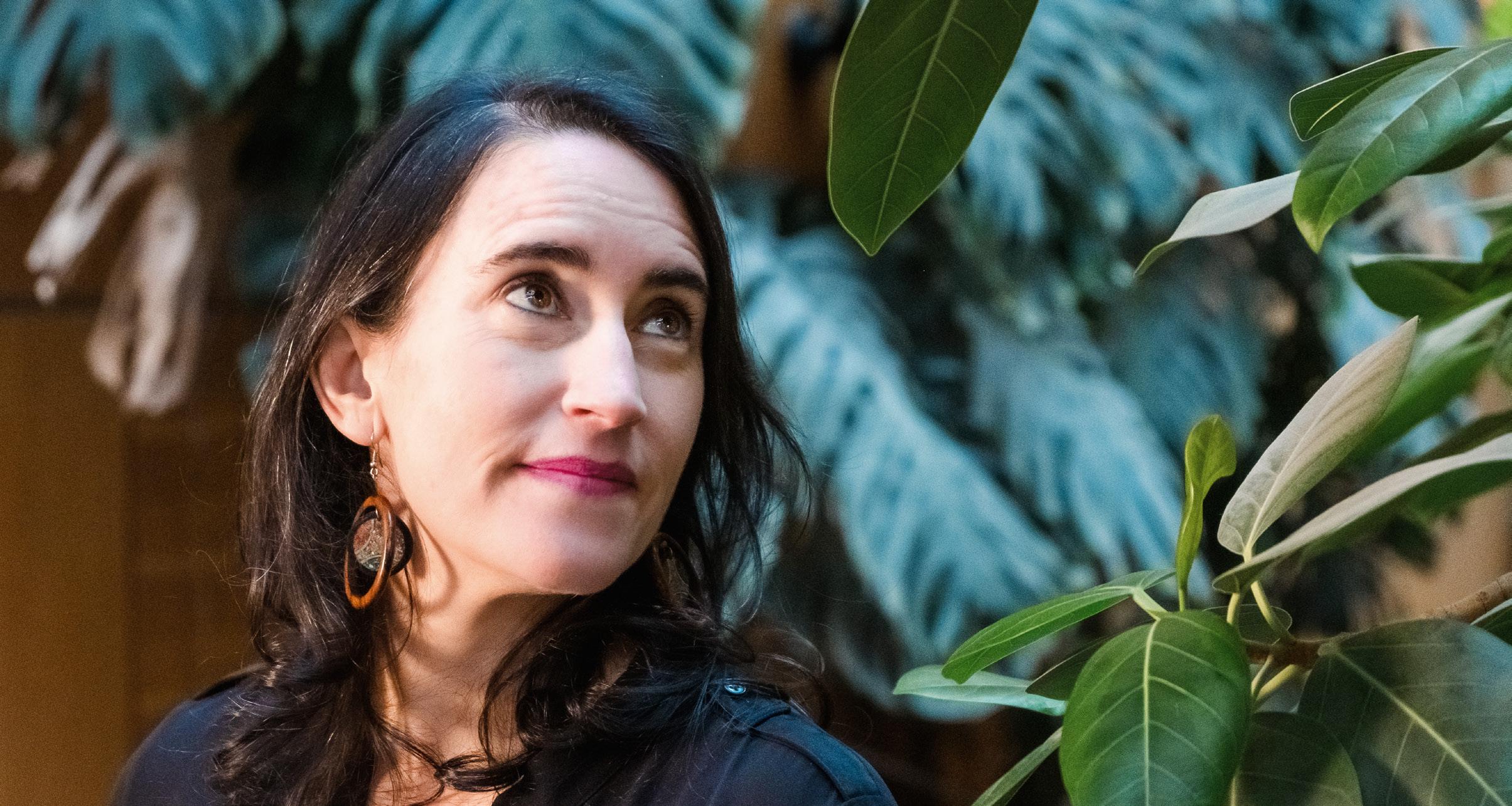
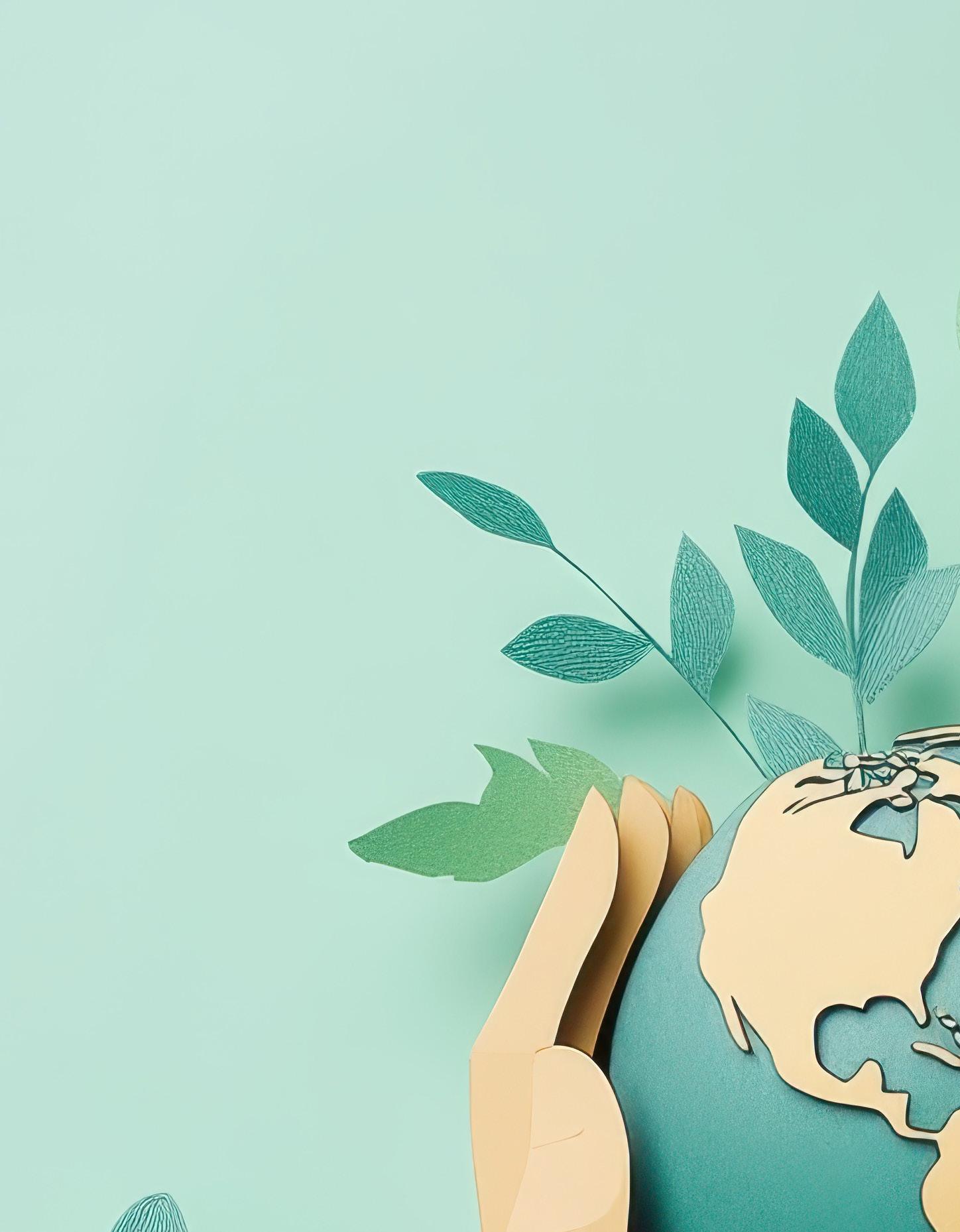

UBC Forestry Postdoctoral Research Fellow
Dr. Sarah Dickson-Hoyle (PhD(Forestry)’23) is leading interdisciplinary wildfire research within the recently established Centre for Wildfire Coexistence at UBC to better understand how First Nations, local communities and land managers can mitigate and adapt to the impacts of changing fire regimes in BC. Led by co-directors UBC Forestry Prof. Lori Daniels (MSc’94, Forestry) and Irving K. Barber Faculty of Science Asst. Prof. Mathieu Bourbonnais, the Centre for Wildfire Coexistence is supporting the cocreation of innovative approaches and novel discoveries with other research experts, Indigenous Knowledge Keepers, government agencies, private landowners and forest, fire and land management professionals.
In partnership with Secwépemc First Nations and BC Wildfire Service, Sarah is using collaborative fire ecology and qualitative social science methods to assess the ecological and socio-cultural outcomes of prescribed and cultural burns. Her research also explores how community and government partners engage in these collaborative projects and define success. Additionally, Sarah and Dr. Kelsey CopesGerbitz (PhD(Forestry)’22) are engaging with community forests throughout BC to examine the diverse values and objectives guiding fuel treatments. They aim to inform prescriptions and planning that support hazard reduction, effective operational response and improved relationships and social license.
“Through the Centre for Wildfire Coexistence, we are working with First Nations and community partners on applied and solutionsoriented social science research that pays greater attention to the social and cultural dynamics of communities that are coexisting with fire,” says Sarah.
The forest therapy research of Guangyu Wang (PhD(Forestry)’09), UBC Forestry Assoc. Dean of Asian Strategies and Director of the Asia Forest Research Centre, is a testament to a growing consensus on the health benefits of nature immersion. Within his UBC Multidisciplinary Institute of Nature Therapy (MINT) — the world’s largest forest therapy institute — and Forest Therapy Lab, Guangyu and his team have established a partnership with the Royal Columbian Hospital in New Westminster, BC, to investigate the impact of forest therapy interventions on patients undergoing surgery.
“We want to know whether a virtual reality immersive experience of nature can reduce patient anxiety before and/or after surgery,” Guangyu explains. Findings from this research could lay the groundwork for the integration of forest therapy into clinical practice in various public health facilities and departments as a ‘green prescription’.
“We are creating unique, immersive spaces and technological applications that make possible tailored forest therapy experiences,” says Guangyu. “Based on preliminary findings, forest therapy holds great promise as a non-invasive, accessible health care option for patients in British Columbia, but more research is needed to establish treatment delivery methods and their corresponding outcomes.”
“Our challenge now at MINT and the Forest Therapy Lab is to unlock the full potential of nature as a healing force,” Guangyu adds. “More broadly, the question many of us in the environmental and social sciences are grappling with is: ‘how can we better support both human and ecosystem wellbeing moving forward?’”


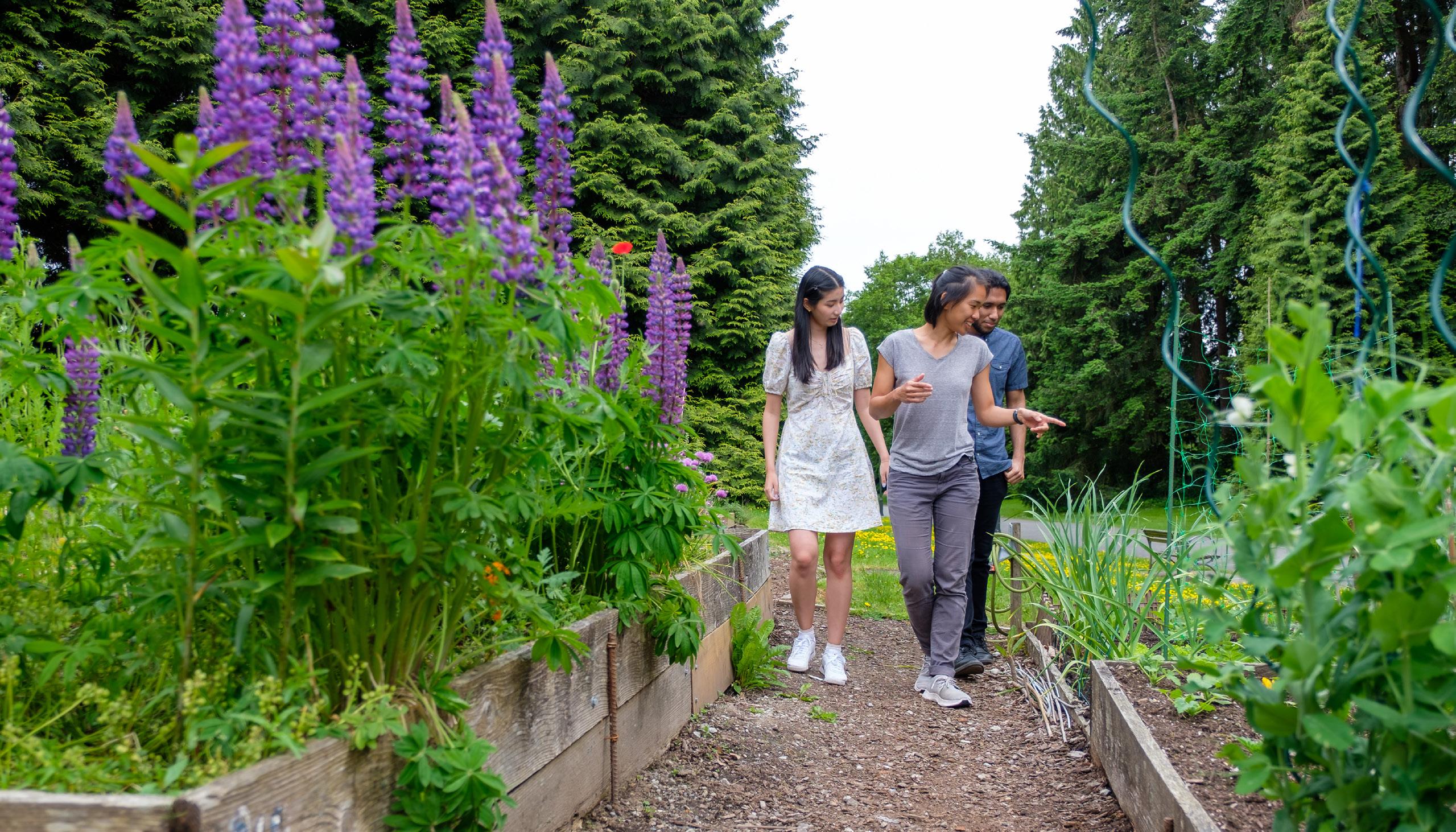
AS CITIES DENSIFY, UBC FORESTRY
RESEARCHERS SAY THERE’S MUCH TO GAIN BY PRIORITIZING NATURE
Once an omnipresent feature in British Columbia, forests in close proximity to homes are becoming more of a novelty for urban-dwellers. The City of Vancouver has the highest population density among all Canadian municipalities, with 5,750 people per square kilometre, putting green space at a premium. However, UBC Forestry researchers Assoc. Prof. Lorien Nesbitt (PhD(Forestry)’18) and Asst. Prof. Tahia Devisscher are among a growing number of researchers who
believe policymakers and citizens could benefit from prioritizing more natural surroundings.
“We know from research that bringing trees to areas that lack greenery has physical and psychological benefits for individuals,” says Lorien. “However, once an area is developed, it can be really challenging to reintroduce nature, particularly in neighbourhoods that are more built up, such as Vancouver’s Downtown Eastside, Strathcona or Chinatown.”
Research findings highlighting the dual health and environmental benefits of urban greenery have been piling up since around the turn of the 21st Century. Studies have linked shade from trees with cooler ambient air temperature that
reduces the urban heat island effect during the hot summer months, among other findings. Greenery has also been linked to lower stress and anxiety, a reduced risk of cognitive decline and depression and protective effects against a number of chronic diseases, including some cancers and cardiovascular disease.
“However, you need to come into contact with nature to experience its benefits,” says Lorien. “Travelling for an hour to the nearest park or forest isn’t within reach for everyone, particularly for children, people with limited mobility or those who don’t own a vehicle.”
Concepts such as Nature-based Solutions (NbS) are being explored as pathways to empower community members to reimagine the role
of greenery in the urban environment. NbS prioritizes sustainable, environmentallyfriendly approaches to solving some of the most pressing challenges facing the planet — including hunger, climate change, biodiversity loss and inequality — with a central belief in the inextricable link between environmental and human wellbeing.
“In Vancouver, community members are presently grappling with the crises of climate change, biodiversity loss, unaffordability and mental health that are collectively placing an extreme amount of pressure on individuals, social structures and institutions,” says Tahia.
“While
NbS alone can’t solve all of the underlying causes of these challenges, it is a grassroots approach that can empower people to make some of those small changes in their lives and communities that can add up to a big difference over the long-term.”
— Tahia Devisscher
The Government of Canada has committed to the nature-based climate solution of planting two billion trees by 2031 towards its target of achieving net-zero carbon emissions by 2050. Aligned with the goals of NbS, the project “will generate many long-term benefits, such as contributing to the restoration of habitat, increasing biodiversity, cleaning air and water, creating green jobs, reducing community risks from natural disasters, cooling cities and enhancing the wellbeing of Canadians for generations to come.”
According to the World Bank Group, NbS initiatives alone could achieve 37% of the carbon emissions reductions needed to reach the 2030 Paris Agreement targets.

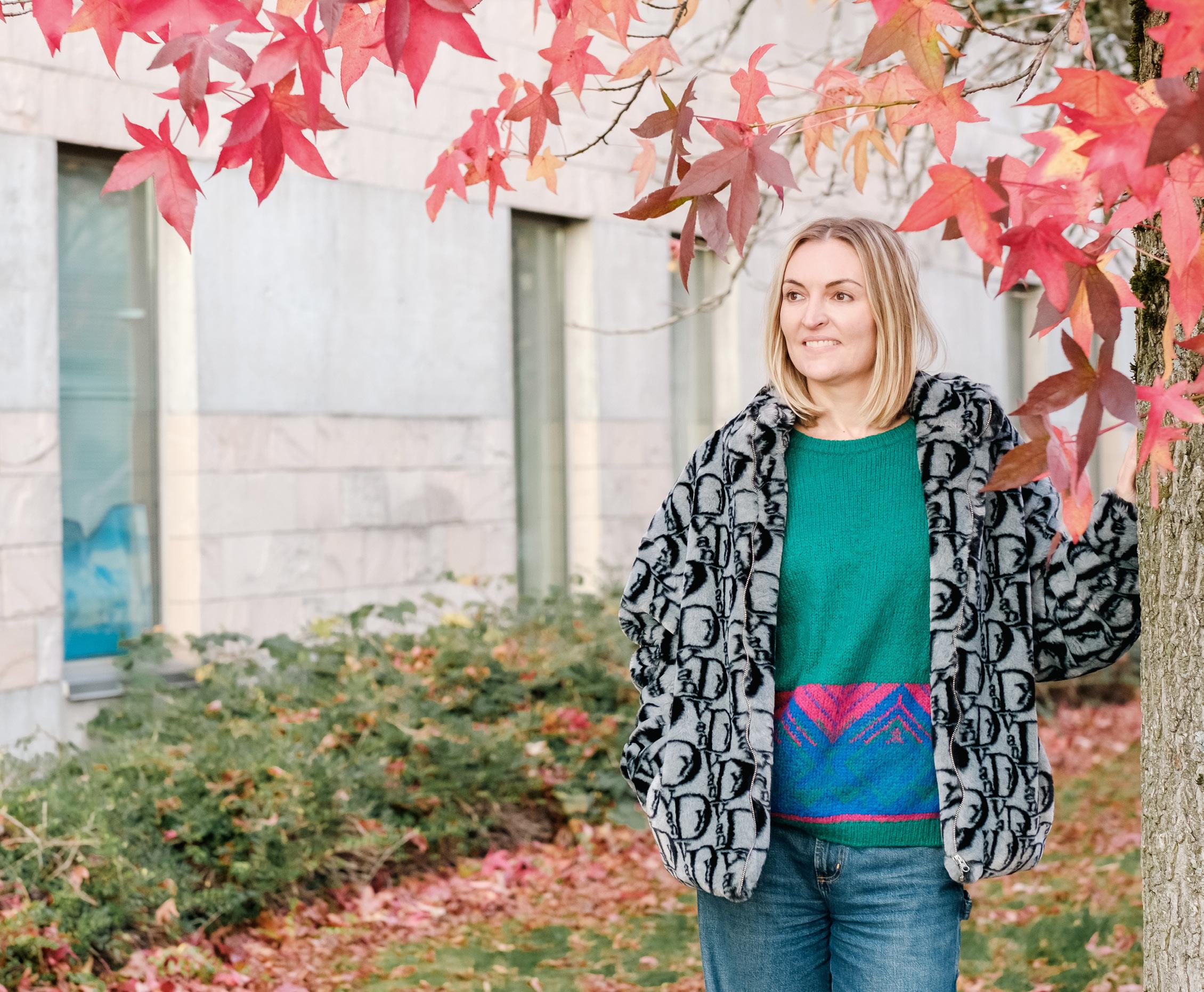
“The closer people are to a park or forest, the more likely they are to visit one of them and reap the health and wellbeing benefits.”
— Lorien Nesbitt
Community food gardens are another NbS action that respond to human health, food sustainability and climate goals through carbon sequestration and local food production. Small businesses in and around green spaces often thrive, creating local jobs and providing
services that cater to the needs of the surrounding community. Parks also help build social cohesion, bringing together people from different backgrounds to interact and potentially collaborate. In cities where marginalized groups are often isolated or excluded, this shared space can be a powerful tool for promoting inclusivity and fostering stronger community ties.
Community buy-in and financial support are often necessary ingredients to bring NbS projects to fruition, frequently through a combination of public funding, private partnerships and community engagement.
“When planning new parks or revitalizing existing ones, it is essential to involve local residents in the decision-making process, ensuring that these spaces reflect the diverse needs and desires of the community,” says Tahia.
Revising the vision and shaping the future of urban green spaces should also include the voices and needs of children, adds Lorien. “Parks continue to be a free space where teenagers can go to hang out. And the more we can expose kids to nature early on in life, the more they will feel welcome in these spaces.”
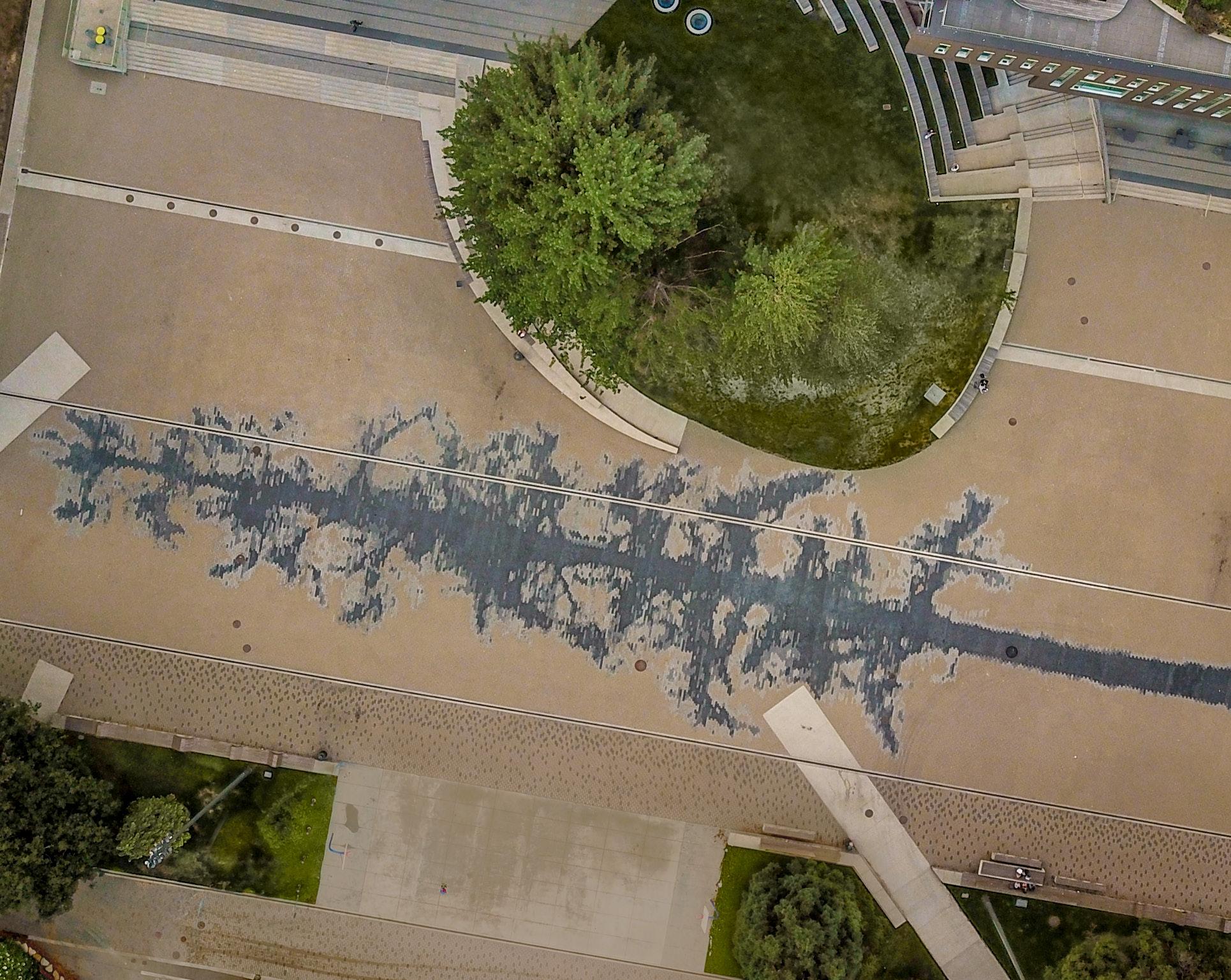
Credit: Esther Shalev-Gerz, The Shadow, 2018, 24,000 concrete pavers. Collection of the Morris and Helen Belkin Art Gallery at UBC, commissioned with support from the Burrard Arts Foundation, Rick Erickson and Donna Partridge, Brigitte and Henning Freybe, Phil Lind, the Morris and Helen Belkin Foundation, the Rennie Foundation and UBC’s Matching Fund for Outdoor Art through Infrastructure Impact Charges, 2018. Photo: Hassan El Sherbiny
This artistic work by Esther Shalev-Gerz spans almost 100 metres in length and uses 24,000 paving stones embedded into the UBC plaza walkway just west of the Nest building at University Boulevard and East Mall. Born in Vilnius, Lithuania, in 1948, Esther is known internationally for her public artworks, photography and videos that often probe questions surrounding history, memory, trauma, ethics and cultural identity. She presently splits her time between Paris, France, and Cortes Island, BC.
The Shadow’s pixelated silhouette of a tree seems to ask the viewer to reflect on questions surrounding modern views and portrayals of nature. According to reflections by the artist, the work represents the memory of the forests that once stood in its place.
“The Shadow encourages you to seek a higher vantage point so you can see the entire piece as, when you are at ground level, it is revealed to you only in fragments,” shares Esther. “Over time, The Shadow will decay, polished by the thousands of feet treading over it, by the gum and detritus that will eventually lend it its patina. The Shadow resists and surrenders all at once.”
https://bit.ly/shalev-gerz
A 10-year, UBC-wide program launched in partnership with the Mastercard Foundation is welcoming academically talented young people from Sub-Saharan Africa to study at UBC. The Mastercard Foundation Scholars Program is a unique opportunity for scholars to further their education with a goal to contribute to the economic growth and social transformation of their home communities. We spoke with three of the 11 scholars enrolled at UBC Forestry for the 2024/25 academic year about their studies and postgraduation goals.
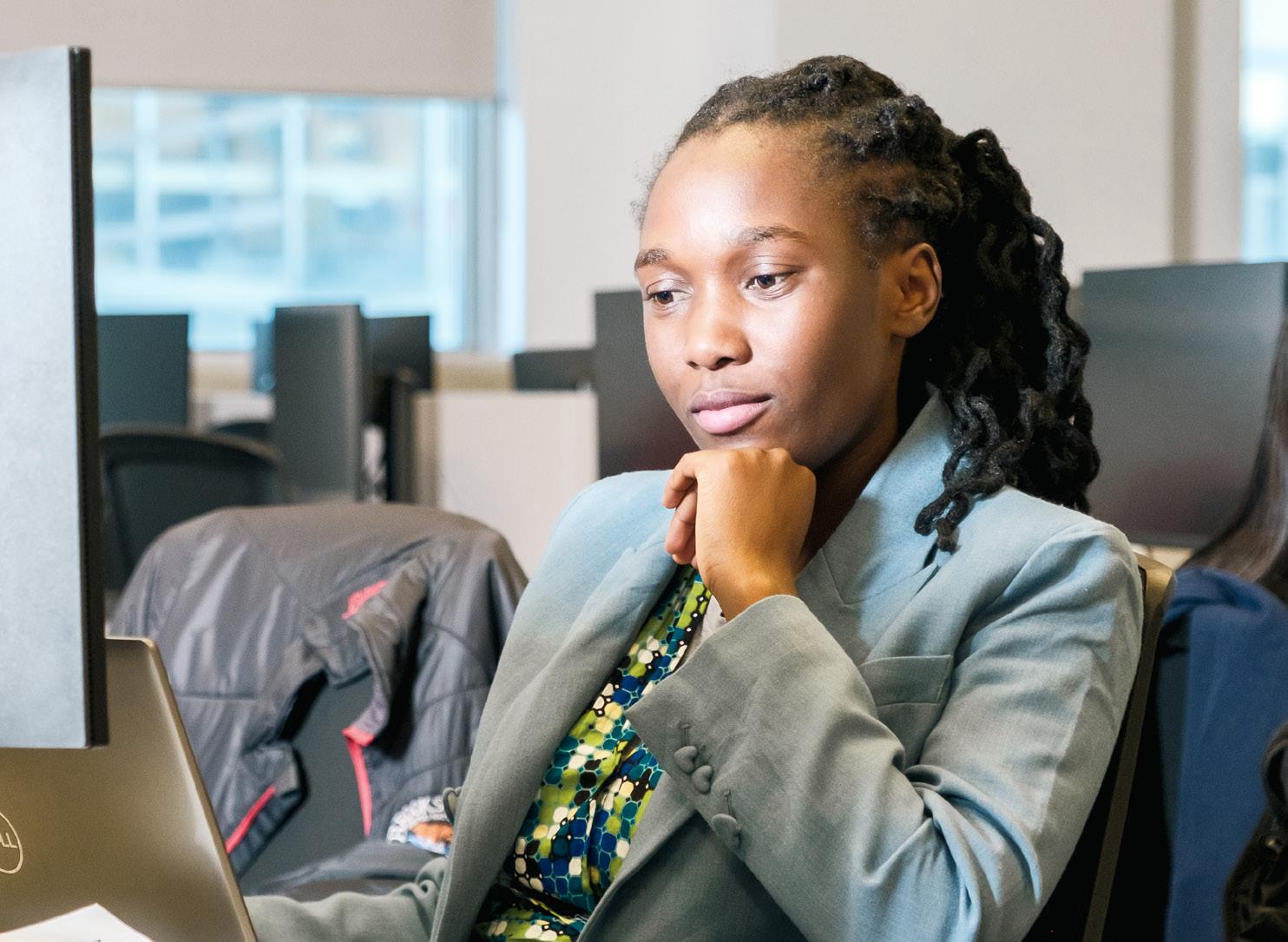
“AROUND ONE THIRD OF AFRICANS LACK RELIABLE POWER. ENERGY POVERTY IS A BARRIER TO EDUCATION, ECONOMIC GROWTH AND SOCIAL EMPOWERMENT.”
Master of Geomatics for Environmental Management
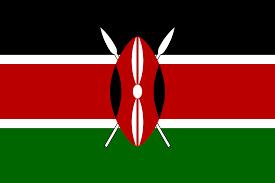
Country of origin: KENYA
Technological applications in landscape mapping are a passion of Daisy’s. While enrolled in a Geospatial Engineering degree at the University of Nairobi, Daisy led a project to identify suitable sites for wind farms in Kenya’s Laikipia County, located on the equator. “This experience deepened my interest in sustainable energy solutions,” she says.
Daisy worked as a Geographic Information Systems (GIS) officer with the Rural Electrification and Renewable Energy Corporation in Kenya, surveying and mapping potential areas to connect communities to the national electricity grid. However, she craved career advancement.
“I want to be a geospatial analyst to solve problems related to climate change and renewable energy,” Daisy shares. “Geographic imaging tools are essential for data collection. For example, they can visualize impacts on the surrounding environment of bush clearing to build a solar energy farm.”
Daisy’s studies at UBC Forestry have introduced her to Light Detection and Ranging (LiDAR) remote sensing technology. Already proficient in GIS, Daisy is getting a firm grasp on LiDAR. For her Master of Geomatics for Environmental Management project, she is mapping equity
access to green spaces across the UBC Vancouver campus, building on a parallel, Vancouver-wide analysis.
Daisy aims to apply LiDAR technology to assess canopy coverage and the spatial distribution of green areas to identify disparities in access to nature on campus and to promote greater equity in access.
“I am eager to explore the intersection of geospatial technologies and sustainability, particularly in the areas of spatial data analysis, sustainable land management and forest carbon sequestration,” Daisy states. “My long-term goal is to work with an organization like the United Nations on renewable energy projects to learn as much as possible and gain the experience I need to offer the maximum, timely positive impact to people.”
“HUMANS MUST BE AT THE CENTRE OF FINDING SOLUTIONS TO THE PROBLEMS OF ENVIRONMENTAL DEGRADATION THAT HUMANS HAVE CAUSED.”
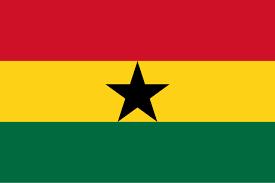
Edwin Aluku Master of International Forestry
Country of origin: GHANA
Edwin grew up witnessing his mother’s struggles farming and trading in a changing world. “Farming is a main source of livelihoods in our region,” explains Edwin, whose family lives in the rural community of Chuchuliga, Ghana. “A year without enough rainfall to support crops has major repercussions for families and the economic value of farms in our area.”
Edwin is interested in social issues related to forest management and climate change on the African continent, including the identification of irrigation solutions for food crops beyond rice. Rice is among the few crops presently benefitting from irrigation in the landlocked Builsa District of north-eastern Ghana, which receives on average 700-1,000 millimetres of rain each year. For comparison, BC’s south coast receives an annual average precipitation of 1,380-2,100 millimetres. Edwin’s work responds to increased pressure on crops in the region from climate change-related droughts and shifting weather patterns.
“Without irrigation, we can only farm during the wet season from early May until October,” shares Edwin. “With irrigation systems that draw from nearby rivers, we could extend the growing season and increase the predictability of crop production.”
Before enrolling at UBC Forestry, Edwin launched the EcoRice Ghana start-up, which recently received seed funding from the Mastercard Foundation Scholars Entrepreneurship Fund. “The funding will support expanding EcoRice Ghana’s rice processing facilities for drying crops to minimize post-harvest losses and improve farmers’ return on investment,” Edwin says.
After completing a UBC Master of International Forestry degree, Edwin’s ambition is to continue to grow his start-up and become a forest manager and sustainability consultant with international organizations such as the Food and Agriculture Organization of the United Nations.
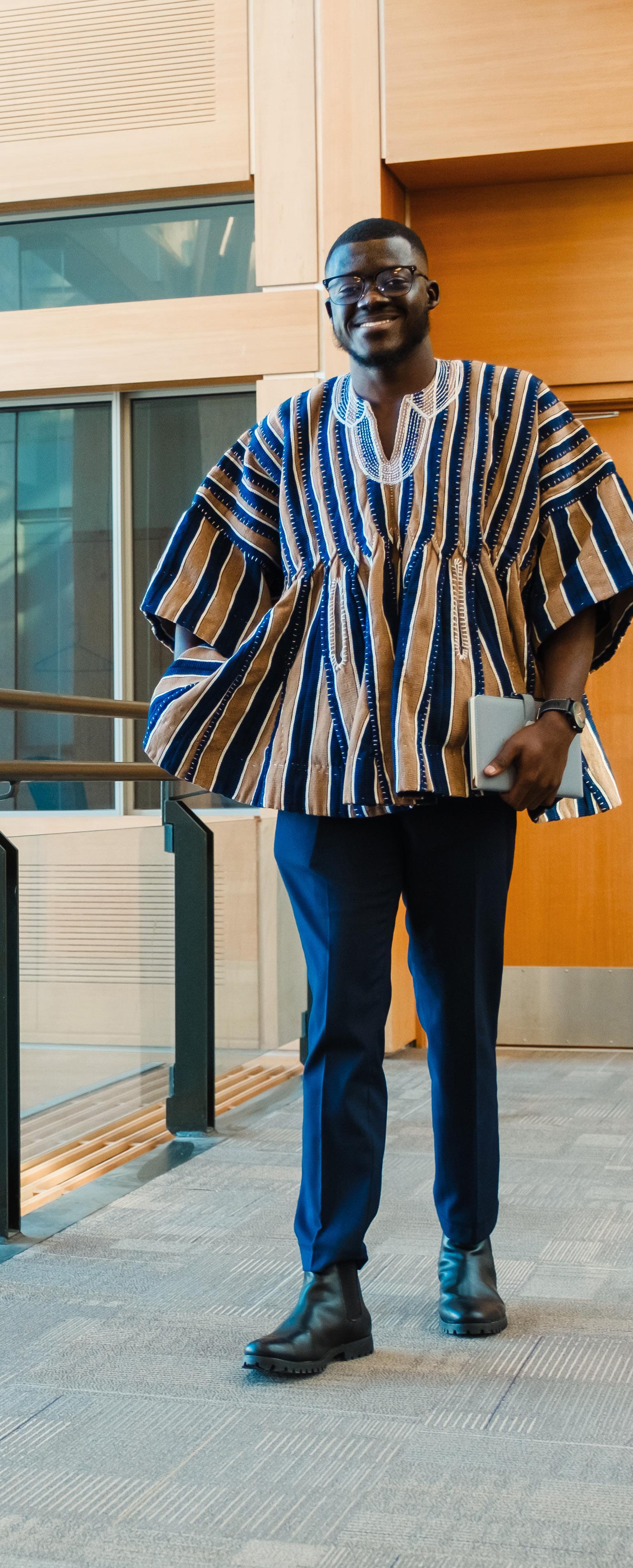
“IF YOU WANT TO BUILD A NATION, EDUCATE AND EMPOWER A GIRL.”
Mercy Peter
Master of International Forestry

Country of origin: NIGERIA
Deforestation has had a significant impact on the land surrounding Mercy’s home in Nigeria. “Illegal logging is massive because of weak laws and little to no enforcement,” Mercy shares. “On top of this, a lot of people are not aware of the impact of their activities on the environment and climate change. I was inspired to study international forestry at UBC Forestry to
contribute to global solutions for the sustainable management of forests.”
Mercy’s academic work focuses on policies promoting sustainable forest management and their connection to climate change mitigation and biodiversity conservation. With direction from UBC Prof. Terry Sunderland, Mercy is deepening her expertise in sustainable forestry, forest policy and forestry implementation strategies. Her work aims to develop practical solutions to global forestry challenges and contribute meaningfully to policies that advance the UN Sustainable Development Goals in Nigeria, Africa and globally.
“I couldn’t have afforded to attend UBC without the Mastercard Foundation scholarship,” Mercy shares. “Attending UBC Forestry has given me an opportunity to expand my knowledge, skills and network,
while empowering me to give back to my community. It also affirms my commitment to being a leader in sustainable forestry.”
Outside of academics, Mercy volunteers as a project manager with the Girls of Promise Initiative, promoting education and empowerment for girls and young women. Following graduation from UBC’s Master of International Forestry program, she aspires to work with international organizations, such as the United Nations Food and Agriculture Organization and World Trade Organization, leading projects focused on sustainable forestry, biodiversity conservation and community development.
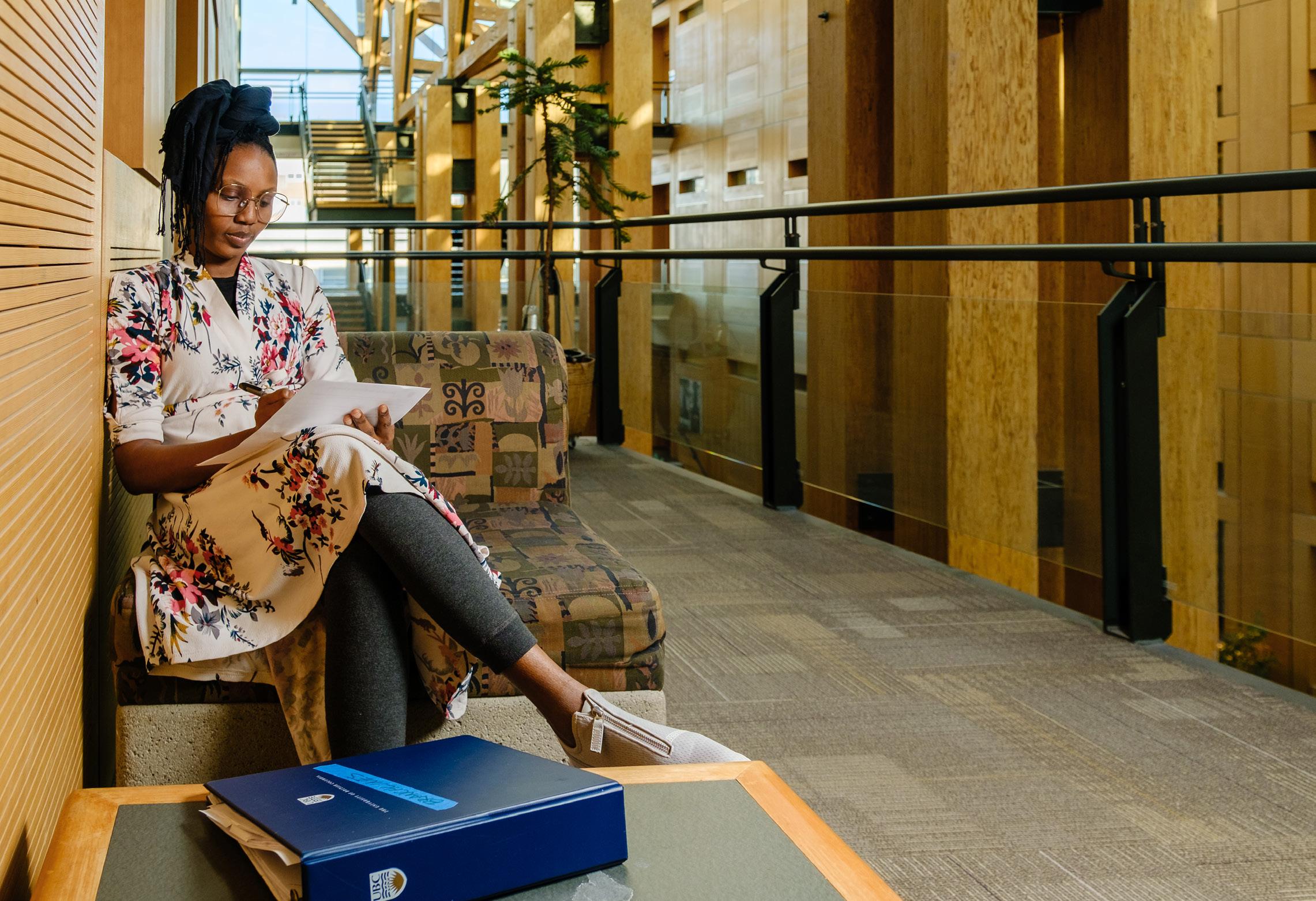
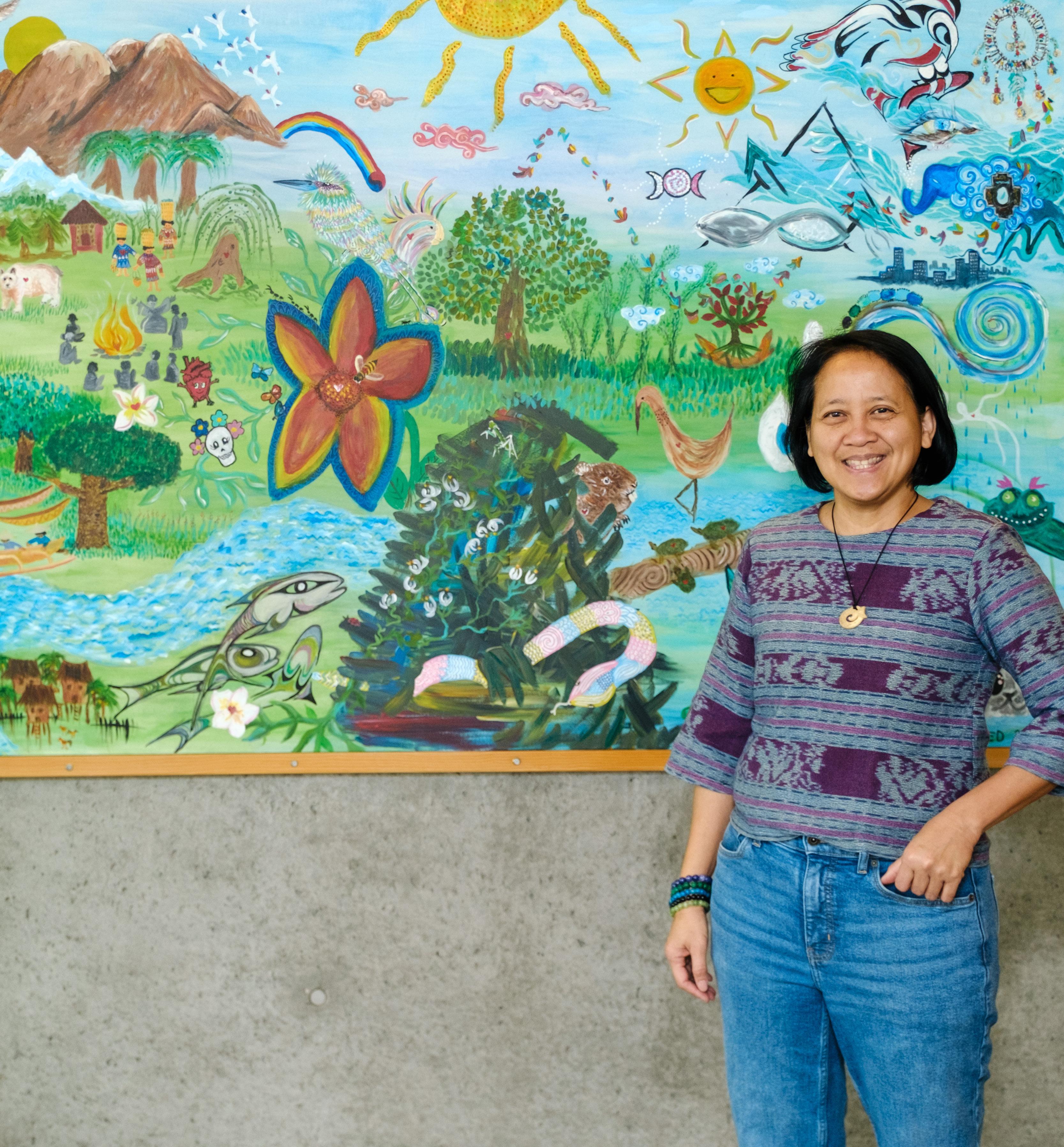
The participatory mural pictured above emerged from the TED 2023 Conference at the Vancouver Convention Centre in April 2023. The project was led and co-painted by UBC Forestry Assoc. Prof. Intu (Agni) Klintuni Boedhihartono, with assistance from UBC Forestry graduate student Veronica Panama (MIF’23) and Nonette Royo, Executive Director of the International Land and Forest
Tenure Facility. Over 60 participants from the TED conference contributed to the artwork, which carries the theme: “Drawing from Ancient Wisdom Together,” communicating the perspectives of people from different backgrounds and experiences. Intu generously donated the mural to UBC Forestry, where it is displayed on the main floor of the Faculty’s Forest Sciences Centre.
NEARLY FOUR BILLION PEOPLE AROUND THE WORLD RELY ON AGRICULTURAL FOOD SYSTEMS FOR THEIR LIVELIHOODS, ACCORDING TO THE FOOD AND AGRICULTURE ORGANIZATION OF THE UNITED NATIONS.
Plants sustain the daily nutritional needs of people around the world, many of whom are also engaged in the cultivation and distribution of these agricultural goods. As the climate changes, so too are the rules of the game to succeed in bringing crops to harvest. Several UBC Forestry faculty members are actively engaged in research with communities in BC and abroad to investigate how to support, introduce or adapt food crops to shifting local and environmental landscapes.
Around 30-35% of global food production transpires on fewer than two hectares of land, called smallholder farms. “Smallholders who claim ownership of this land may have worked its soils for generations, carrying with them rich, place-based knowledge of the cultivation of a suite of plants, including agroforestry crops,” says Janette Bulkan, Assoc. Prof. in the Department of Forest Resources Management at UBC Forestry.
For decades, Janette has led research with Indigenous peoples in Guyana on the production of food crops, among them varieties of bitter cassava (Manihot esculenta) selectively propagated by Indigenous Peoples in the Amazon Basin long before the arrival of Europeans in the 1500s. The naturally occurring cyanide in the bitter cassava enables
the plants to thrive despite myriad fungal pathogens and insects in their habitat.
“Amazonian Indigenous Peoples developed a sophisticated method for separating the cyanide from the rasped and mashed cassava tubers before baking the soft white flour,” notes Janette. “The denatured cyanide is used as a meat tenderiser. Nothing is wasted from this versatile plant.”
Among the Makushi People in southern Guyana, 140-170 varieties of cassava are recognised by women farmers for their distinct plant morphologies, soil suitabilities, flood tolerance, drought resistance and nutritional properties. Cassava plant stem cuttings are actively exchanged between friends and extended families, enabling their swift and wide distribution.
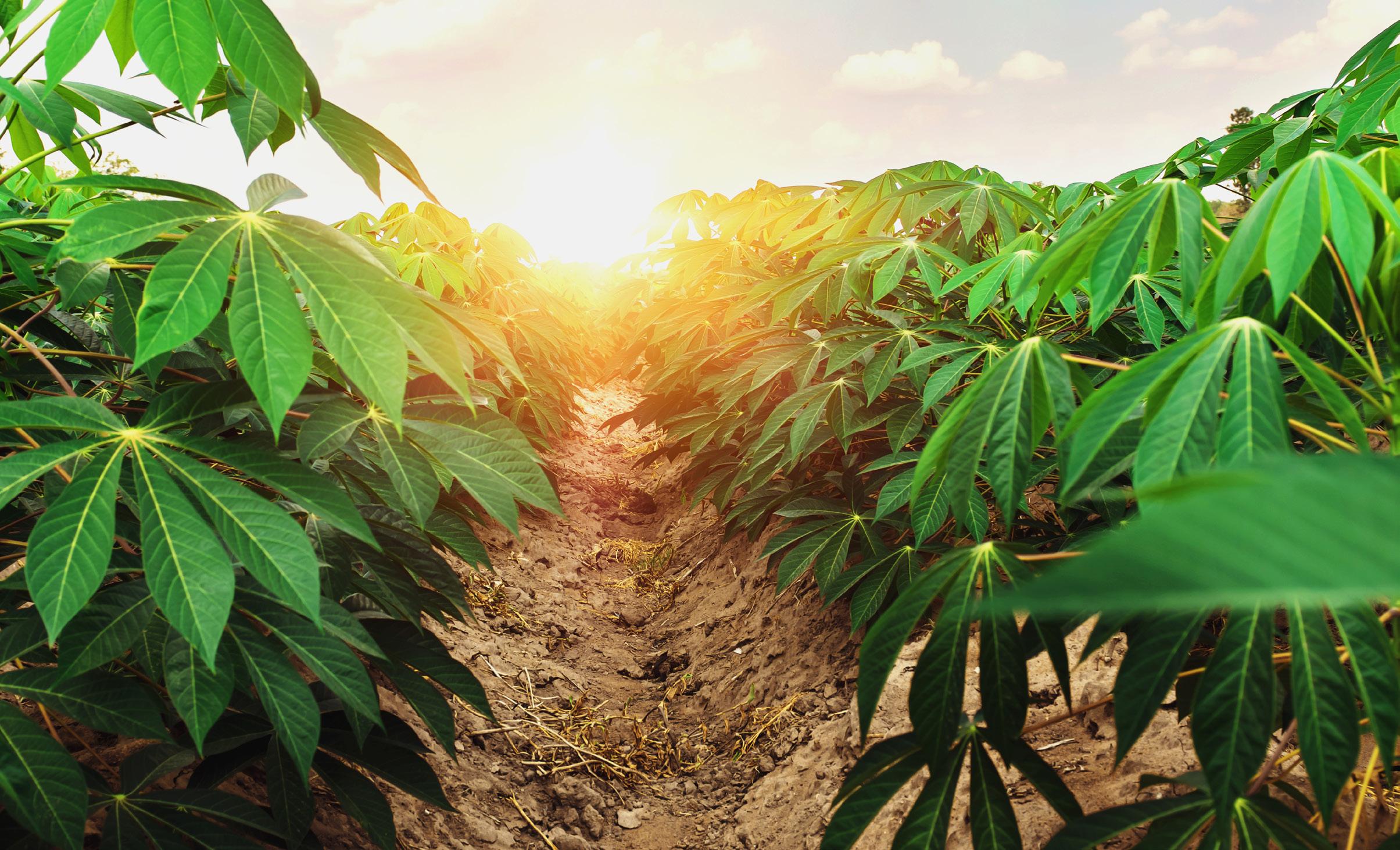
amounting to approximately eight million trees per year,
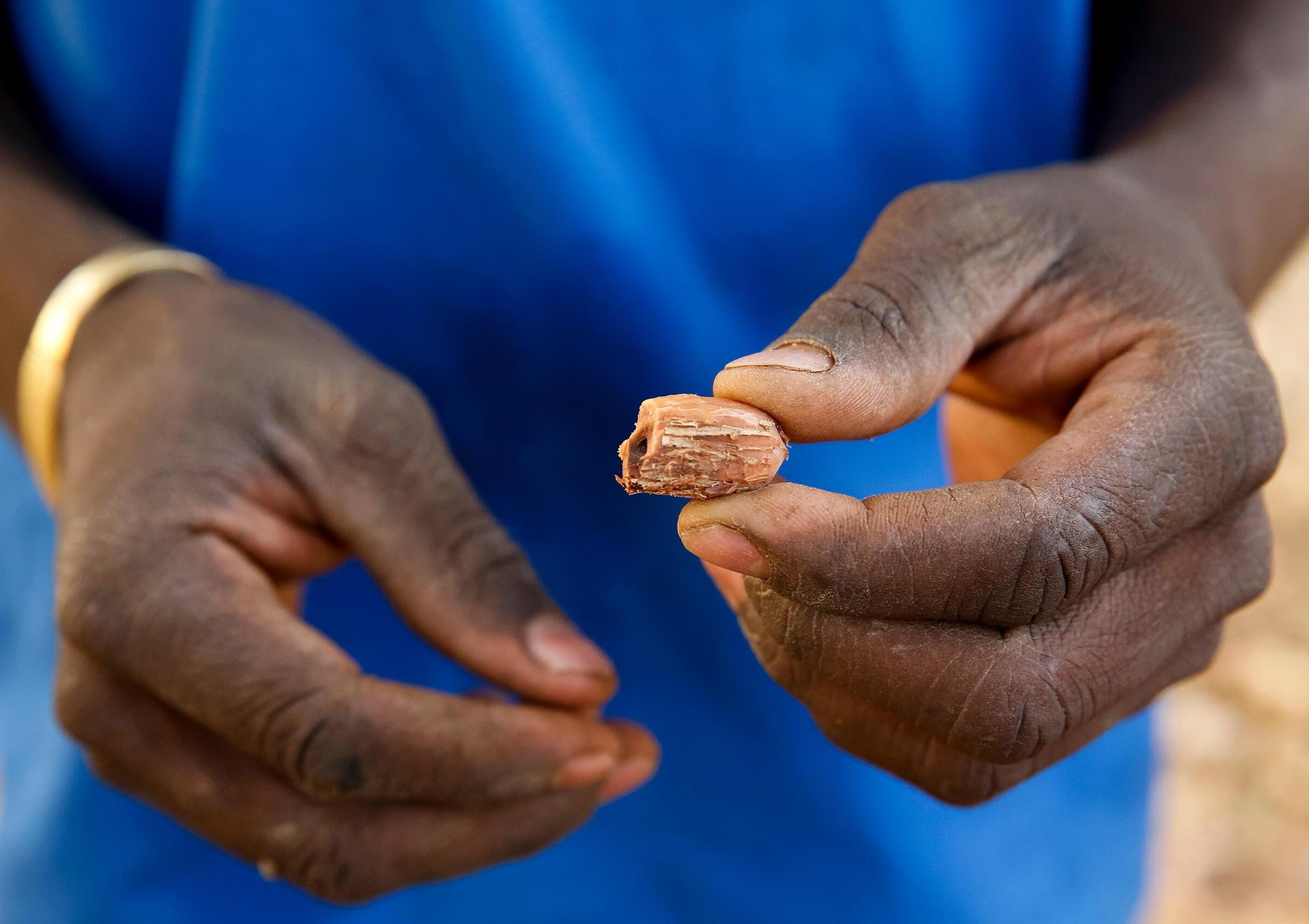
“For people living in parts of Peru to French Guiana, it is common knowledge that, when you have a cassava farm, you won’t starve.”
— Janette Bulkan
“Farmers know which cassava varietals are best-suited to different environmental conditions, such as flooding and drought, as well as for different uses,” adds Janette. “Grown on the Guyana shield — among the most nutrient-poor soils in the world — this knowledge could be applied to growing crops elsewhere.”
“With the increasing precarity of the systems that sustain life, anything that we can do to safeguard the knowledge of citizen farmers in crop cultivation puts us in a better place to cope with a warming world.”
On the other side of the Atlantic Ocean in the northern part of the Sub-Saharan African country of Ghana, Terry Sunderland, UBC Forestry Prof. in the Department of Forest and Conservation Sciences, is leading a project on pressing food sovereignty and economic livelihood barriers facing women smallholders who are unable to gain legal title over the shea parklands that they harvest. The project is being undertaken with UBC Forestry graduate students and Ghana’s University for Development Studies, with support from the Peter Gilgan Foundation.
“Women are the guardians of food security in the region,” says Terry. “Empowering women smallholders with shea agroforestry operations can have ripple effects throughout their communities in terms of increased economic opportunities, food security and ecological resilience.”
shea predominantly grows along a narrow, semi-arid Sahelian geographic zone that stretches across parts of northern Ghana, Burkina Faso and northern Nigeria. A staple, edible fruit with the consistency of avocado and the flavour of mango, the kernel inside the nut of the shea fruit contains shea butter, which is used locally as a cooking oil and body oil.
Shea butter is also a key ingredient in creams and other commercial products sold on international markets, including in North America. However, most of the profits from shea butter production occur following manufacturing. Women smallholders, who almost solely sell the raw product, realize a miniscule fraction of the gains from their labour.
“Shea parklands present a significant, ongoing opportunity for women smallholders to achieve economic independence, particularly in a region where wider income opportunities and food availability are scarce.”
“Shea is a longer-term, sustainable source of income for Ghanaians,” says Terry. “One approach that we are investigating with women smallholders is identifying opportunities to create value-added shea products locally that can be sold on local and international markets, retaining more of the profits of the production of shea among women smallholders.”
Another challenge facing the region is the decline in shea trees in northern Ghana agroforestry parklands from an estimated average of 230 trees per hectare in the 1940s to fewer than 11 trees per hectare in 2011. The reasons for this decline range from climate change to urban expansion, subsistence farming for annual crops and tree removal for fuelwood or charcoal.
“Within the past 10 years, the region has experienced significantly more extreme weather in the form of severe storms, droughts and floods that have put increased stress on food and commercial crop production,” says Terry.
Importantly, active cultivation is a necessary ingredient in improved shea tree survival rates. “Without human oversight and husbandry, less than 25% of trees survive long enough to produce commercially viable shea fruit,” Terry explains. “Women smallholders play an integral role in increasing shea tree survival through active cultivation, contributing to a stable source of income for them and their families, as well as addressing issues surrounding food security and ecological degradation.”

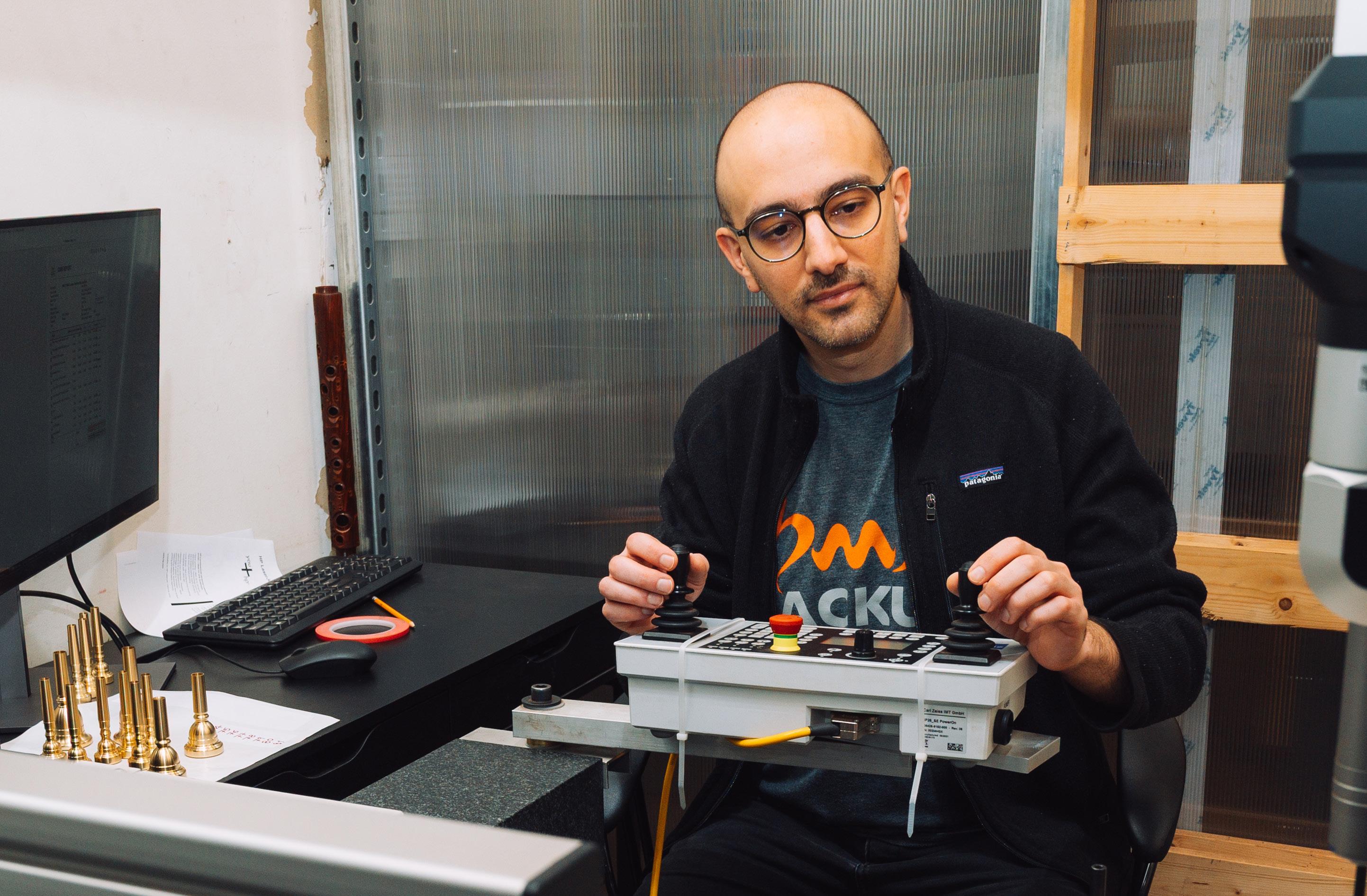
This feature explores some of the diverse careers pursued by our community of UBC Forestry alumni.

Farbod Moheb
BSc(Wood Products Processing)’19, MSc(Forestry)’24
Wood Science Project Manager
Backun Musical Services Ltd.
The company:
Backun Musical Services is a Canadian company based in Burnaby, BC, that manufactures clarinets and instrument accessories.
My role: Together with Backun’s production team, I primarily manage research projects and consulting on woodrelated challenges in instrument and instrument component manufacturing, such as cracking, machining defects or finishing inconsistencies. I oversee material development initiatives, test new
wood treatments and find solutions to improve product durability and performance. Additionally, I contribute to innovation and process optimization by researching alternative wood species and composite materials to reduce material costs, minimize waste and ensure a stable supply of highquality materials.
A career stepping stone: My undergraduate studies at UBC Forestry in Wood Products Processing — completed under the supervision of UBC Forestry Prof. Philip Evans — helped me build a strong foundation in wood science and its various disciplines, including material properties, processing techniques and quality control. This knowledge gave me a technical understanding of how wood behaves in different conditions, which is crucial in instrument manufacturing.
During my master’s degree at UBC Forestry, I developed problemsolving and research skills that have enabled me to tackle complex material challenges, such as preventing cracking in clarinets and optimizing manufacturing processes.
Opportunities in this sector: The instrument manufacturing industry is moving toward sustainability, material innovation and advanced manufacturing techniques. This will open doors for people seeking roles in ecofriendly materials and precision manufacturing, such as using advanced CNC machining, as well as in product durability and hybrid instruments made with traditional and alternative materials.
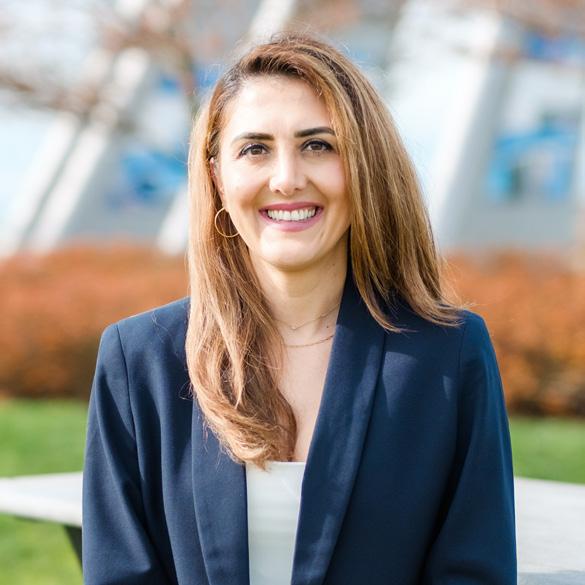

Yeganeh Asadian
BSc(Natural Resources Conservation)’07, MSc(Forestry)’10
Manager, Climate and Environment Vancouver Airport Authority
Why I applied for this job:
I was drawn to the Vancouver Airport Authority (YVR) because of its demonstrated commitment to environmental sustainability and its respectful, long-term partnership with the Musqueam Indian Band. The opportunity to support initiatives that honour and integrate
Musqueam cultural values and knowledge — particularly through the Musqueam Indian Band–YVR Airport Sustainability and Friendship Agreement — strongly aligns with my values and my commitment to advancing environmental stewardship and supporting the rights and self-determination of Indigenous Peoples.
How studying conservation gave me a leg up:
My academic journey at UBC’s Faculty of Forestry laid a strong foundation for my work in
environmental stewardship. Through a Bachelor of Science in Natural Resources Conservation, a Certificate in Watershed Management and a Master of Science in Forestry, I developed both technical expertise and an interdisciplinary lens for tackling complex environmental issues. This educational background deepened my understanding of environmental science and resource management, while also honing the systems thinking and strategic skills essential for advancing sustainable solutions.
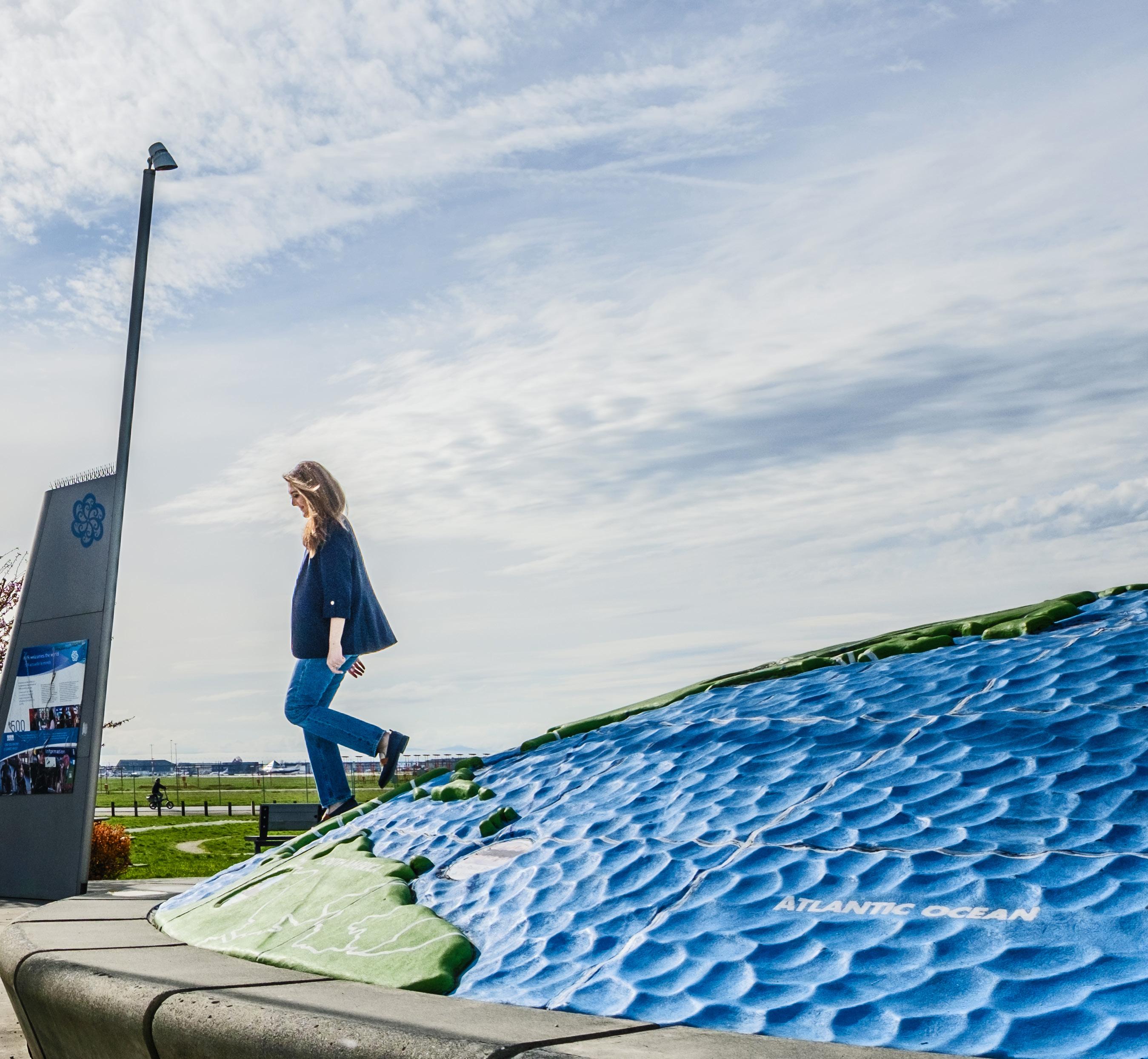
My day-to-day responsibilities:
My role involves a range of critical responsibilities centred on environmental protection, stewardship and sustainability. Each day, I work to ensure that airport operations comply with environmental regulations and permit requirements — an essential part of upholding our integrity and minimizing environmental impact.
I lead environmental impact assessments for airport projects and support broader sustainability reporting and strategy development.
I also collaborate with the Musqueam Indian Band on ecosystem health initiatives. Together, we advance efforts such as salmon-safe certification and other sustainability projects that help to protect the local environment and uphold its cultural significance.
Essential skills in this line of work: Technical expertise plays a vital role in supporting environmental and operational performance — whether through data analysis, regulatory knowledge or the
implementation of innovative tools to improve decision-making and compliance. However, what truly distinguishes professionals in roles like mine are the soft skills: a solutions-focused mindset, strong relationship-building abilities and a genuine commitment to driving meaningful change. In a dynamic environment where challenges can emerge unexpectedly, adaptability is essential. Those who succeed are often the ones who approach problems with curiosity, bring forward fresh perspectives and turn complexity into opportunity.
An exceptional role model and volunteer with UBC Forestry, Dan Macmaster (MSFM’13, RPF) was selected as the recipient of a 2024-25 Alumni Builder Award in recognition of his extensive career accomplishments and mentorship of the next generation of foresters. Among his contributions, Dan has regularly volunteered with the Faculty’s Master of Sustainable Forest Management (MSFM) program, serving on the MSFM Advisory Committee, guest lecturing, presenting at field camps and organizing multi-day field activities for MSFM students.
A Registered Professional Forester and the Forestry Manager with the Osoyoos Indian Band on their Nk’Mip First Nations Woodland licence, Dan plays an instrumental role in managing the Band’s six forestry licences, including log extraction, wildfire risk mitigation and habitat and biodiversity management. He is also closely involved in business partnership procurement for the Band with the forest sector, utilities and different levels of government, among others.
A personable and people-focused professional, Dan serves as a Director with the BC First Nations Forestry Council, a Contributing Forester with the Okanagan Nation Alliance, the Executive Director with the Interior Lumber Manufacturers’ Association and a Director of the BC Community Forest Association.
“People really make this industry work. I am always on the lookout for opportunities to build my network, because you never know who you might collaborate with on a project or who might be able to offer some valuable insights to help you meet your objectives.”
— Dan Macmaster
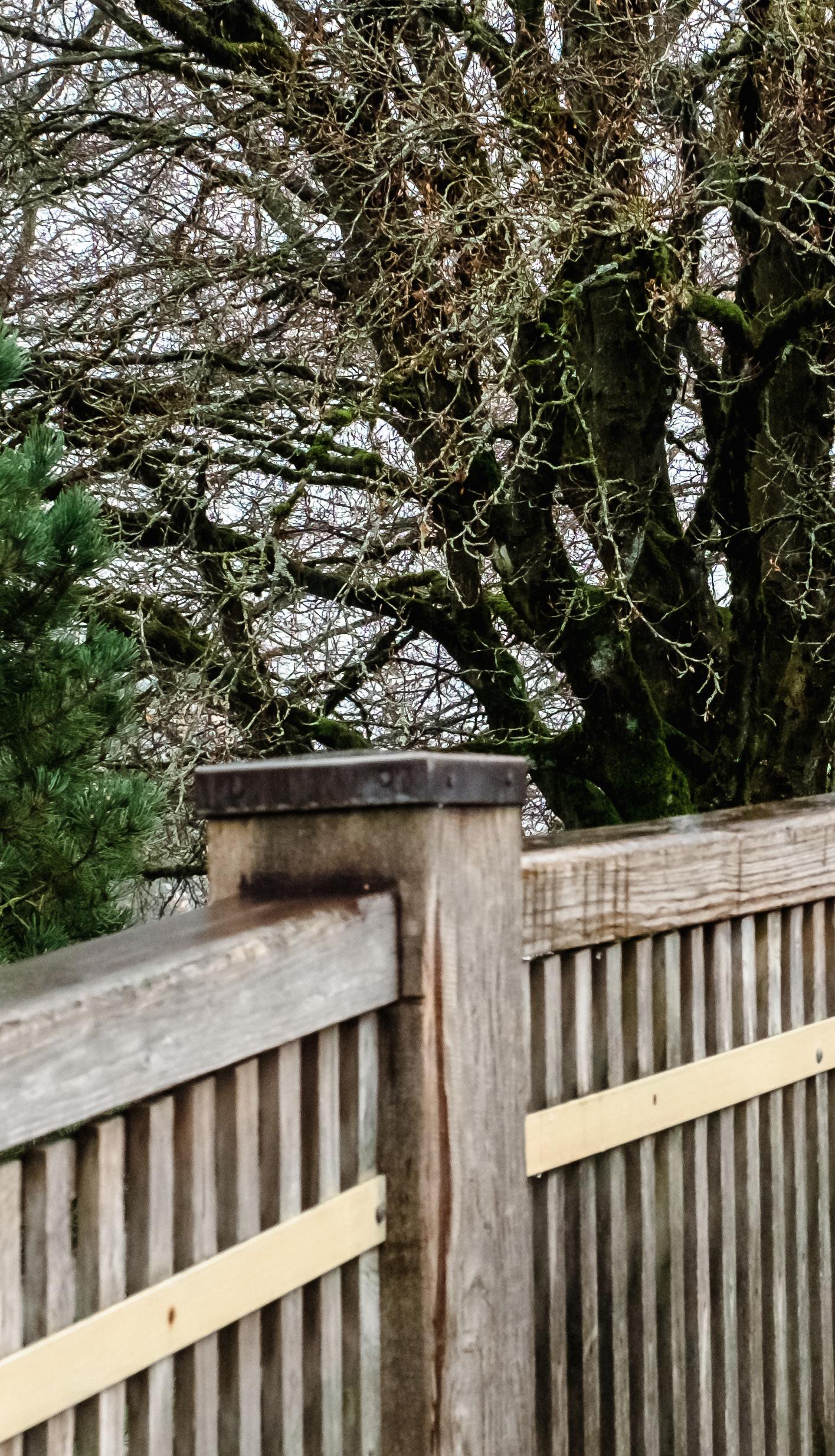
Over the course of his forestry career, Dan has launched landscape-level projects with sustainability and longevity in mind, exploring multiple facets of sustainable business solutions and community forestry.
Before switching to forestry, Dan taught environmental science, outdoor education and ecology to high school students for 15 years. He enrolled in UBC Forestry’s MSFM program as a stepping stone to make a positive difference in sustainable land management. His resolve redoubled while completing an MSFM group project on a Vaagen Fibre Canada holding outside of Nelson. The small, familyrun mill specialized in value-added fibre and selective cutting with a focus on sustainable forestry and supporting rural communities.
“I collaborated and communicated with First Nations, local community members and stakeholders throughout this project, which helped me understand the land, the neighbouring community members, recreational groups
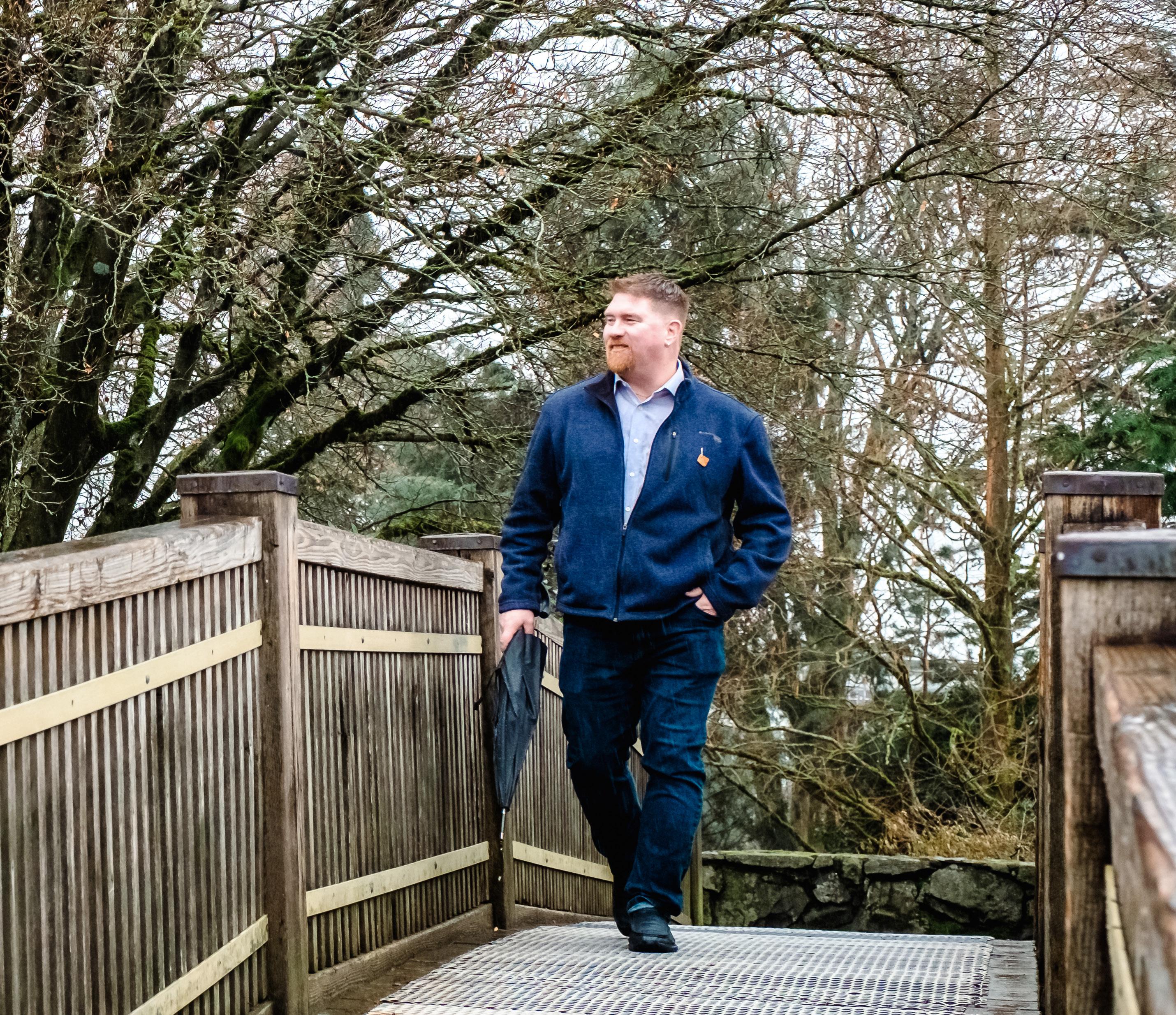
using the land, even sawmills that purchased wood harvested from the land,” Dan recalls. “It broadened my perspective on how the whole system fits together, including the ecological, social and economic components of forest operations.”
From this experience, Dan recognized the plethora of current and potential future avenues within the forest sector to launch landscape-level projects with sustainability and longevity in mind. He later secured a full-time position as Fibre Manager with Vaagen Fibre Canada, which he held for 10 years. This role exposed Dan to multiple facets of the business of sustainable, value-added lumber procurement, preparing him for his present responsibilities with the Osoyoos Indian Band.
“Community forestry is a growing sector with a very promising future and innumerable opportunities,” Dan says. “I would encourage anyone considering working in the forestry profession to explore opportunities with First Nations and community forests.”
Learn about the Alumni Builder Awards and volunteer opportunities with UBC Forestry: https://bit.ly/alumni-builder
Thanks to a transformational gift of $800,000 from Dr. Yosef Wosk, 800,000 trees will be planted at UBC Forestry’s Alex Fraser and Malcolm Knapp Research Forests over the coming years.
“This gift supports the long-term vitality of the stands at our research forests, and the high-calibre research, education and teaching underway there,” states UBC Forestry Prof. and Dean Rob Kozak. “We are incredibly grateful to Yosef for entrusting us with helping to realize a large part of his vision to plant one million trees.”
Yosef carries forward his family’s tradition of contributing to charity (Tsedaka). In step with the teachings of their Jewish faith, giving affords an opportunity to care for the world and its next generation of inhabitants.
Among Yosef’s many philanthropic contributions is a dazzling canopy of 100,000 trees at the Morris J. and Dena Wosk Peace Forest near Jerusalem planted in commemoration of his parents. Both this gift, as well as his donation to UBC Forestry, sprang from an inspiring childhood experience.
“I found carob trees in the world when I was born. Just as my ancestors planted for me so I, too, plant for my children.”
— From “Honi and the Carob Tree,” a tale from the Talmud (Ta’anit 23a) collection of Jewish laws and traditions
Yosef has many accolades and accomplishments to his name. He is a rabbi, scholar, Adjunct Prof. in Global Humanities, poet, published author, philanthropist, Fellow of the Royal Canadian Geographical Society, Member of the Order of British Columbia and Officer of the Order of Canada. Locally, he is also well-known for founding the Philosophers’ Cafe and the Canadian Academy of Independent Scholars, as well as receiving the Freedom of the City, the City of Vancouver’s highest civilian honour, in 2022.
“When I was around six years old, there was a program at school that let us buy for a nickel a leaf-shaped sticker that we could then place on our individual diagrams of a tree,” Yosef recalls. “Over the course of a year, if we filled up all of the leaves on our trees, a real one would be planted in our name in Israel. This was fascinating to me.”
“Being able to contribute to nature now, I am reminded of how we are all connected,” Yosef adds. “Just as we need to protect ourselves in life to thrive, we also need to protect the forests, air and oceans.”

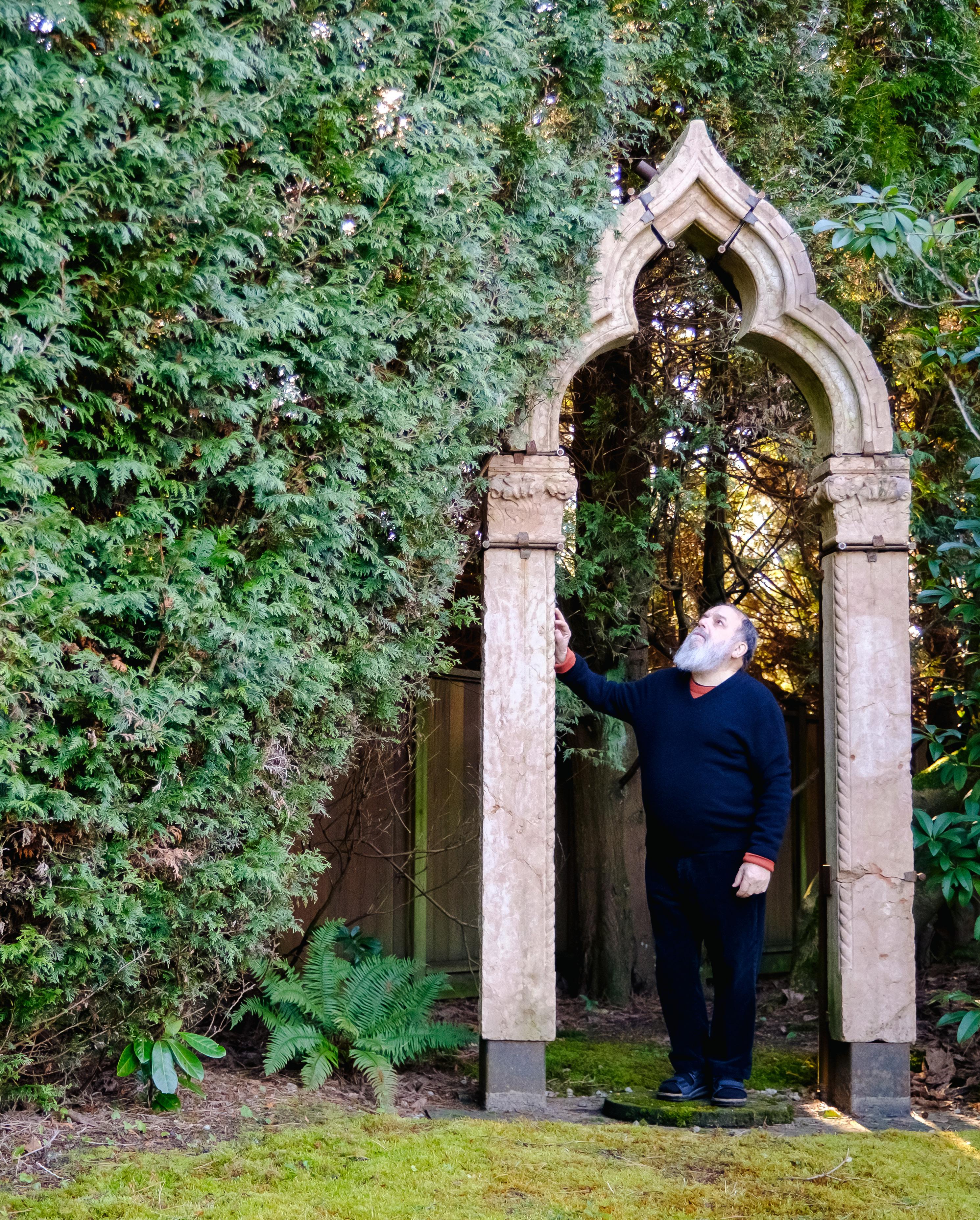
Yosef was inspired by Jean Giono’s book, The Man Who Planted Trees, which chronicles the tireless efforts of a shepherd planting 100 acorns per day to reforest his desolate surroundings and return life to the region: “… as we went back towards the village, I saw water flowing in brooks that had been dry since the memory of man. This was the most impressive result of chain reaction that I had seen.”
Times of economic or political uncertainty can have a detrimental impact on pro-social, proenvironmental initiatives, including climate change mitigation strategies and sustainable development. After UBC Forestry alumnus Dr. David Brand (PhD(Forestry)’85) completed a PhD focused on silviculture and ecophysiology, he went on to see first-hand how economic and political cycles affect public policy, investment flows and the perception of the role of forestry in society.
“By the middle of my career, I formed the view that more attention should be directed to harnessing investment capital to resolve some of the big, systemic global issues, such as environmental degradation and biodiversity loss,” David recalls.
In 2005, David founded New Forests, a forest management company, to offer investment opportunities in natural assets, such as sustainable forestry, linked with market-based instruments for carbon, biodiversity and water. Now the Chair of the company’s Board of Directors, David’s legacy includes building up the venture to one of the world’s largest forestry management companies — overseeing over $10.7 billion in assets representing 1.27 million hectares of land in 2023.
New Forests occupies a corner of the investment landscape called conservation finance. Part of a larger movement to create a natural capital asset class that incorporates sustainable forestry, agriculture and conservation management, conservation finance encourages the integration of nature conservation in investment strategies. The field has attracted a great deal of attention as an approach to achieve sustainability targets, such as those set out in the United Nations Sustainable Development Goals, the UNFCCC Paris Agreement and the Kunming-Montreal Global Biodiversity Framework.


David recently established the David Brand Professorship in Sustainable Forestry and Conservation Finance at UBC Forestry through a visionary $2.5 million donation to drive research, teaching and development in the evolving discipline of conservation finance.
“AS THE WORLD LOOKS TO DECARBONIZE ECONOMIES, THE EFFECTIVE MANAGEMENT OF FORESTS AND LANDS COMBINED WITH NOVEL INVESTMENT MODELS IS CRITICAL.”
— DAVID BRAND
Top-of-mind for conservation finance analysts is risk management, says David. Forestry, agriculture and conservation all operate on a landscape scale. However, more research is needed to establish and standardize measurements for such assets as nature restoration, biodiversity, carbon, forest food crops, Indigenous cultural values, among other metrics.
“A nature capital asset class that encompasses all of these things can allow us to deliver food, wood, fibre, conservation of nature, climate solutions, fresh water, community development benefits and more in an integrated way,” notes David.
“A HOLISTIC VIEW OF NATURAL CAPITAL CAN CONTRIBUTE TO BOTH AN OPTIMAL, RISK-EFFICIENT INVESTMENT PORTFOLIO AS WELL AS A DECARBONIZING, NATURE-POSITIVE ENVIRONMENT.”
— DAVID BRAND
With BC’s vast forests and relatively low population density, David believes that the province is sitting on a potentially huge new economic base.
“BC should be a superpower in the area of natural capital,” says David. “Right now, the conservation value of the province’s forests is limited, which is an opportunity for innovations that will attract new sources of capital.”
“There exists in BC an extraordinary wealth of value in climate solutions and nature yet to be realized. The Professorship in Sustainable Forestry and Conservation Finance is designed to unlock this potential.”

Don’t miss out on UBC Forestry insider info. Update your mailing address or sign up to receive printed copies of Branchlines by visiting: alumni.ubc.ca/address-update
Keen for an online option? View, download or subscribe to receive the digital Branchlines: https://bit.ly/branchlines
Return undeliverable Canadian addresses to:
1Z4